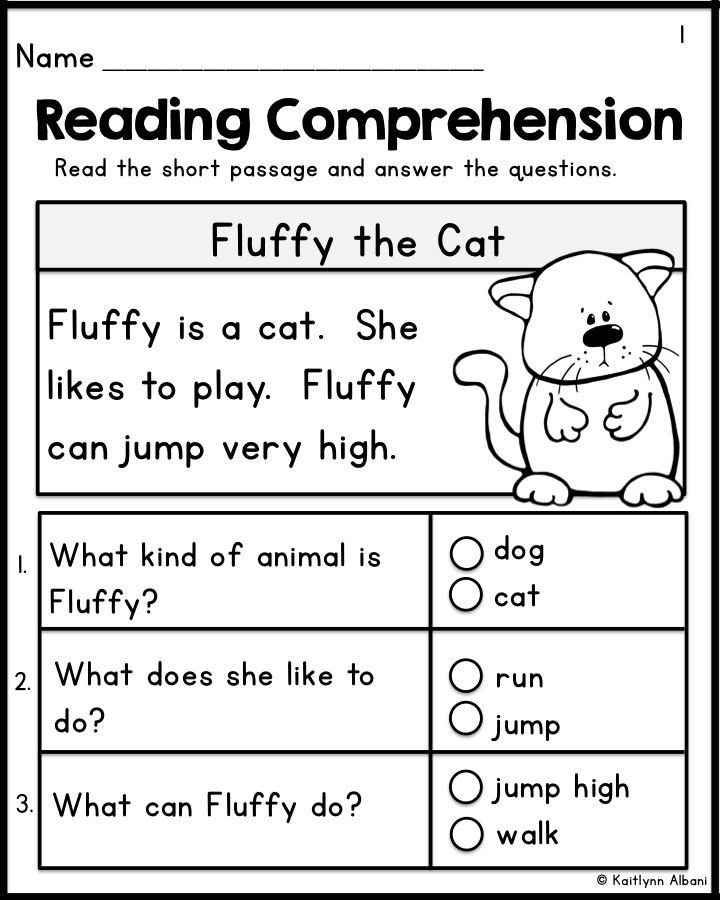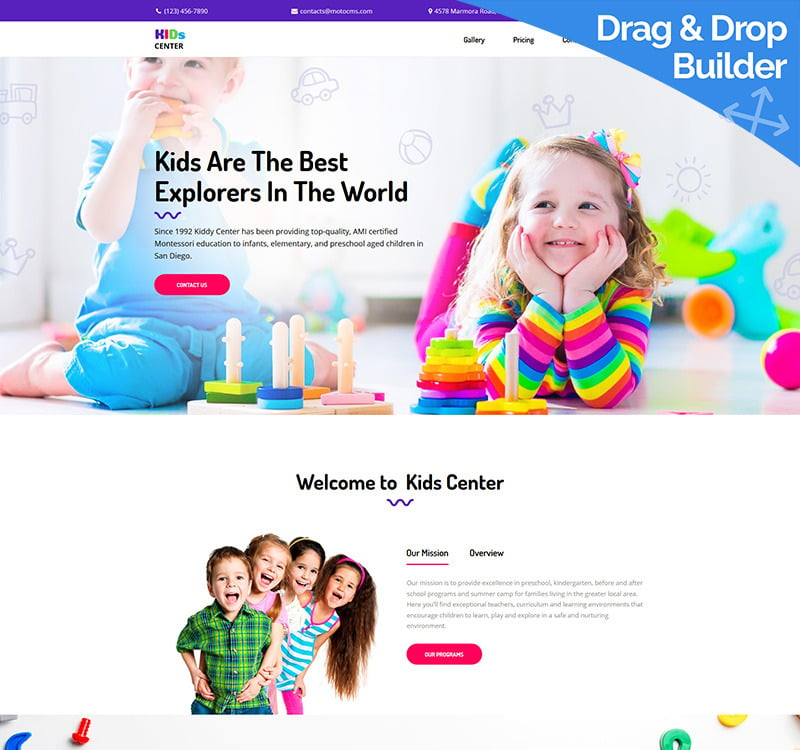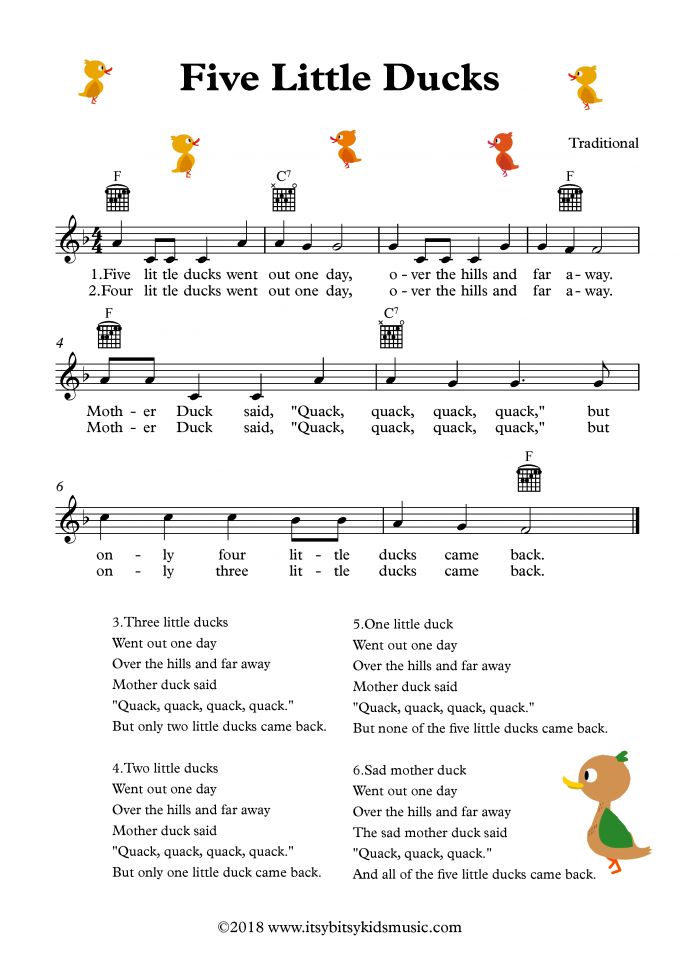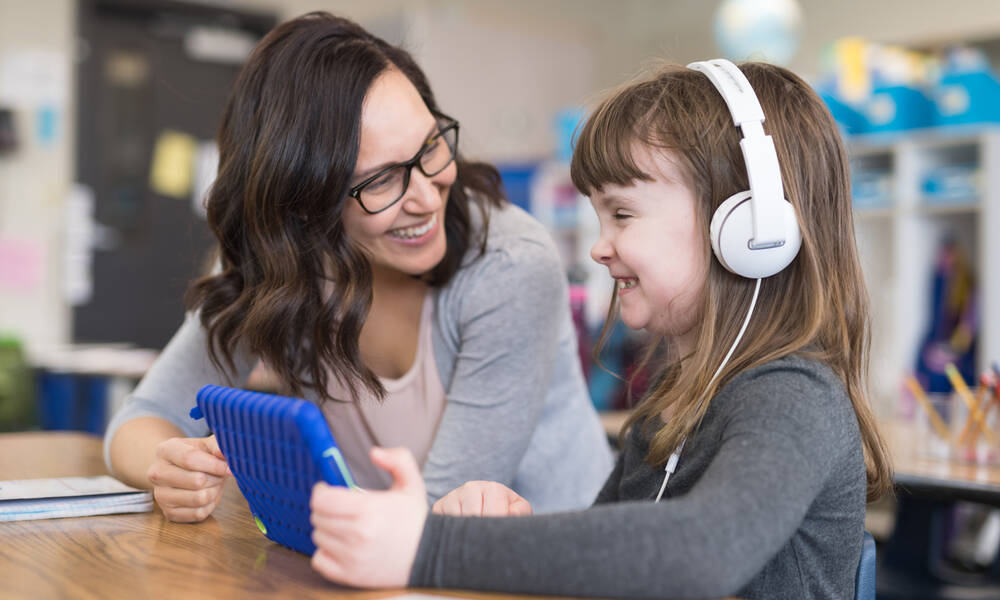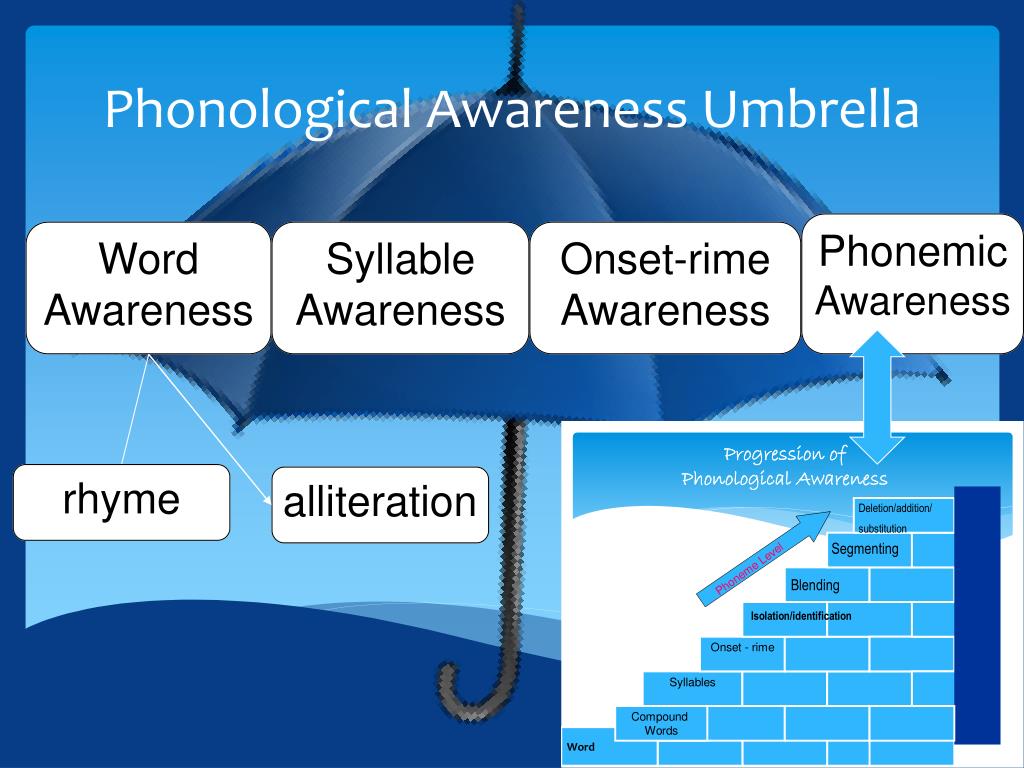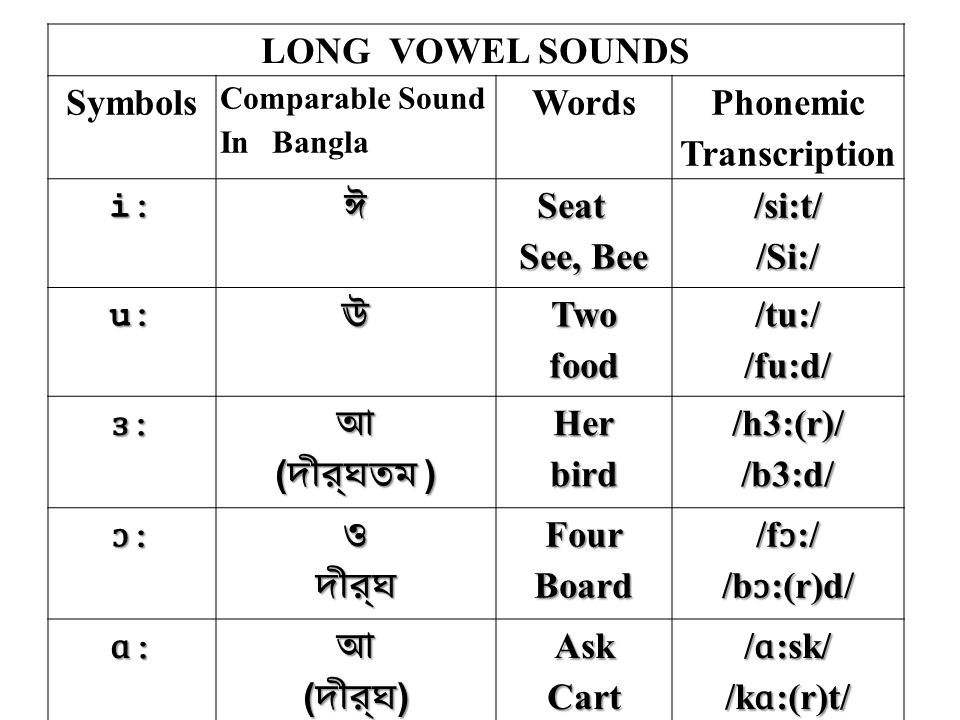Reading activities for kindergarteners
8 Fun-Packed Kindergarten Reading Activities
Once upon a time, my daughter was the most adorable literacy bug. When she was two — but a cherubic blob — she would sit herself down with a book and trace the lines of the pictures with her itty-bitty sausage fingers.
These days, it’s inconceivable that my energetic kindergartener is that same ready reader.
I feel as though I only see her in blurs — running outside, climbing a tree, zooming down the street on her bike and gobbling food down in a flash.
Join me in anchoring your human lightning bolt down, and engage your little one with these kindergarten reading activities.
These fun kindergarten reading activities draw kids in with the promise of the same high-energy excitement that takes them everywhere else as they get a daily, fun dose of literacy.
1. Make up rhymes
Songs like the ultra silly, “Down by the Bay”, serve several purposes. Besides being torturously hard to stop humming long after your child has gone to bed, the impromptu rhyming in this song allows for some great reading skill building.
When children come up with rhyming words, they are first recognizing that words can be grouped together (by ending sound), and are practicing phonemic awareness (the skill that allows them to identify and manipulate beginning sounds of words).
Sing the song with your child, first using the standard lyrics. Then, take the kookiness to the next level by putting them on the spot to come up with rhymes after “Did you ever see a________,”
Here is some inspiration to get you going:
“A mosquito eating a burrito?” “A witch scratching an itch?” and “A beagle petting an eagle?”
2. Play “Zap!”
This high frequency word game works best with two or more players.
To set up the game, first begin by grabbing 25 Popsicle sticks. Then, write 6 or 7 sight words onto 22 sticks. Common words include “I”, “we”, “the”, “me”, “my”, “is” and “a.” On the remaining three sticks, write the word “ZAP.”
Place all Popsicle sticks in the coffee can your child has been banging on all day.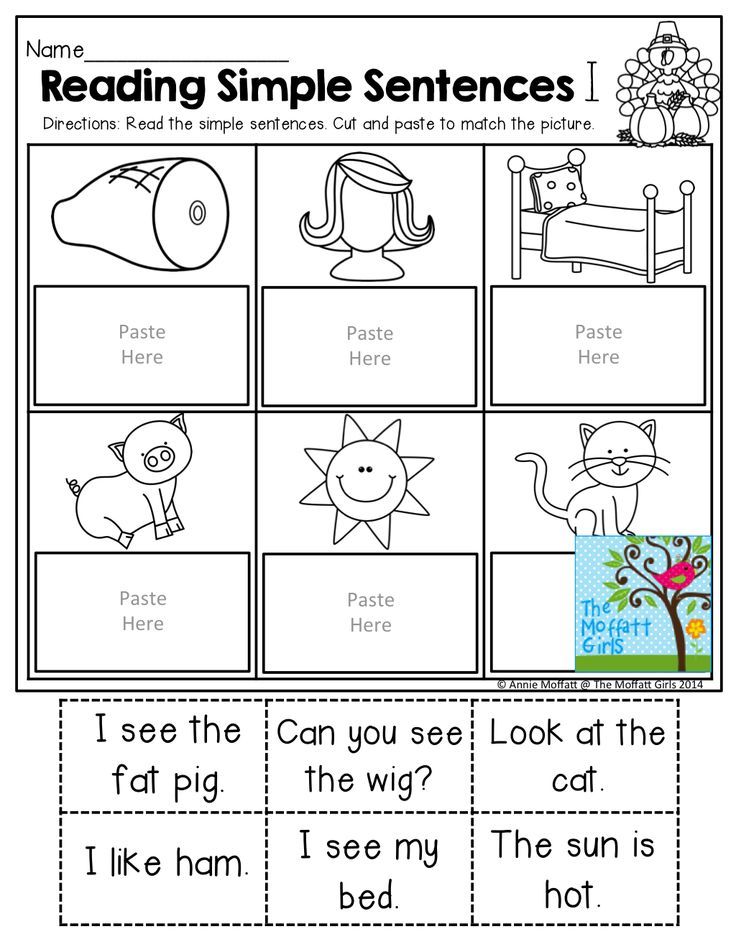
Play works like this: each player takes turn drawing a stick. If they can correctly read the word, they keep it. If not, they return it to the can.
The object of the game is to collect the most Popsicle sticks in a given time. If a player draws a “ZAP” stick, they must return all of their words to the can.
Set a three-minute timer and vary difficulty of play by including more or less words, depending on your child’s reading level.
3. Make an ABC book
Grab 13 sheets of paper, cut them in half and bind your book by stapling the ends together.
Have your child come up with pictures or words for each of the pages (corresponding to each letter of the alphabet), personalizing each page to his liking.
For example instead of the standard, “A is for apple,” boring nonsense, your child may come up with “A is for ‘awesome,’” a word that my kid overuses the heck out of, honestly.
Once your child’s 26-page masterpiece is complete (note: this activity can span over a few days, because I wish my kid would sit still for a 26 page book), encourage him to use it as reading reference.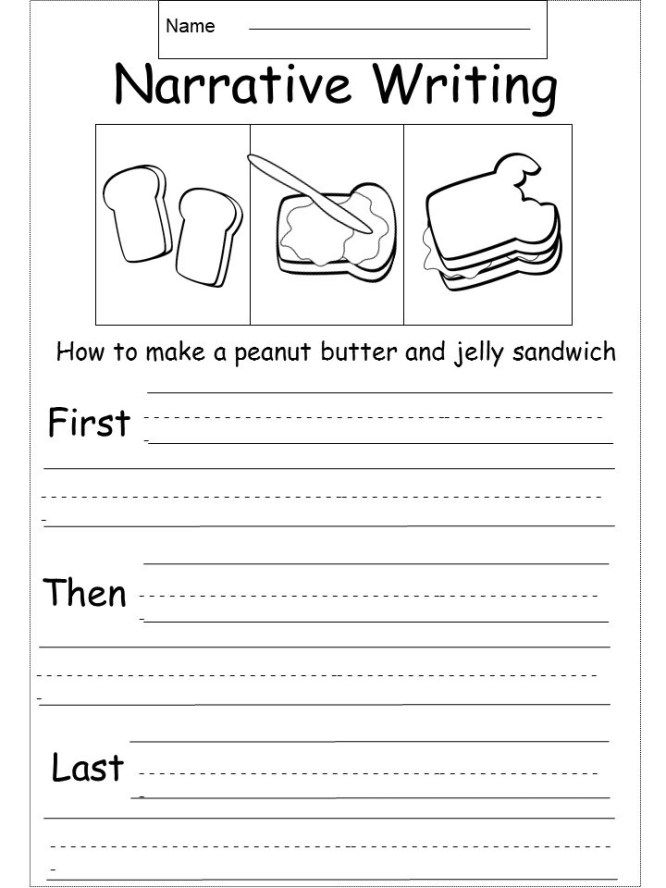
When he can’t quite think of that one letter sound, reach for this baby for some quick, personalized help.
Pro Tip: Help Your Child Become Better at Reading
Enroll your child for the Atlas Mission and let your child play with this award-winning educational program. Your child will become better at reading without even realizing it!
4. Word stretching
This kindergarten reading activity requires zero materials but demands a ton of mental muscle flexing.
Focus on oral blending, a crucial — and for kindergarteners, often the most “But I don’t wanna!” — part in learning to read. Your child will take the corresponding sounds of a word and slowly put them together.
Begin with simple, three-letter words.
First, show your child how you will physically stretch out a word by putting your hands together like you’re holding a giant imaginary rubber band. Next, stretch out that rubber band as you blend out the word “c-a-t.”
When you have fully stretched out the word, clap your hands together (mimicking the bouncing back of a rubber band) and say “cat.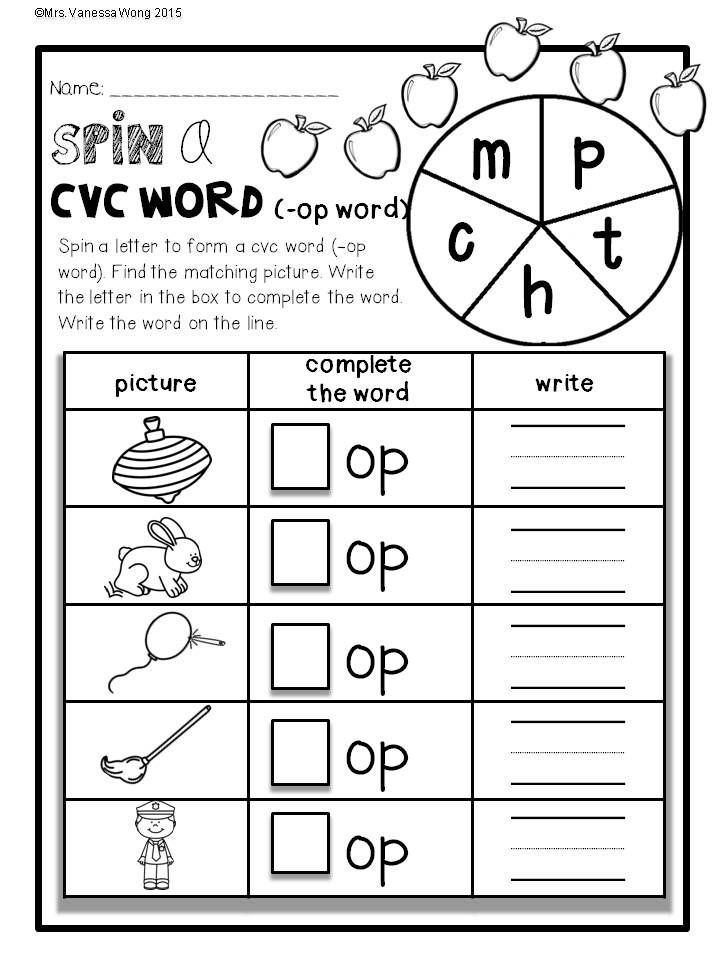 ”
”
Once you have given your child plenty of guided blending practice, have him try to stump you as he blends a word.
5. Dramatic readings
Here you’ll be focusing on reading with a dramatic twist.
Begin by repurposing the Popsicle sticks and can from “Zap.” Then, decide how the first player will read out the drawn word. Fun dramatic voices to use include:
- An old man
- A baby
- A lion
- A nagging parent (the imagination that will be required!)
- A bear (using a deep voice)
Make sure you have a large empty space, so your child can appropriately get into character. The person who chooses the first word reads out in the character assigned.
Play continues with the person who just read a word choosing the voice-type for the next player, or until words become incomprehensible through giddy laughter.
6. Create a phonics wall
Get ready for some of the most artistically questionable (but cool and literacy-boosting) drawings.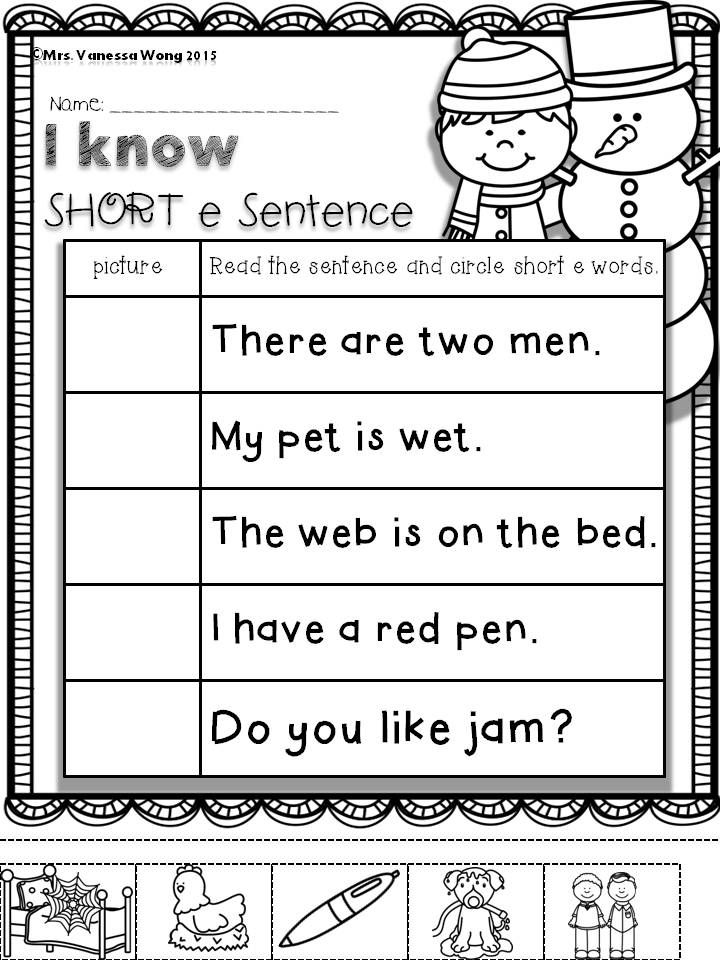
Challenge your child to come up with a poster that depicts the sound of a letter.
Start with your child’s letter choice and go from there. There is no picture idea too silly. A picture of bats bowling and queens quacking? If it makes sense to your child and satisfies the letter sound criteria, let them go for it.
Hang those posters up proudly!
When she constantly surrounds herself with personalized and meaningful reading tools, your child will be far more likely to want to engage with reading.
7. Read rebus sentences
A rebus sentence uses a picture or a symbol as a stand-in for words. This is an easy, entertaining way for your child to learn to read and write.
Take the lead as you inspire your little one. Start by creating simple rebus sentences like I “heart” you — with the heart serving as a stand-in for the word “love.” Scatter rebus sentences around the house.
The use of pictures and symbols provides a fun mystery element that will make your child want to engage in reading now.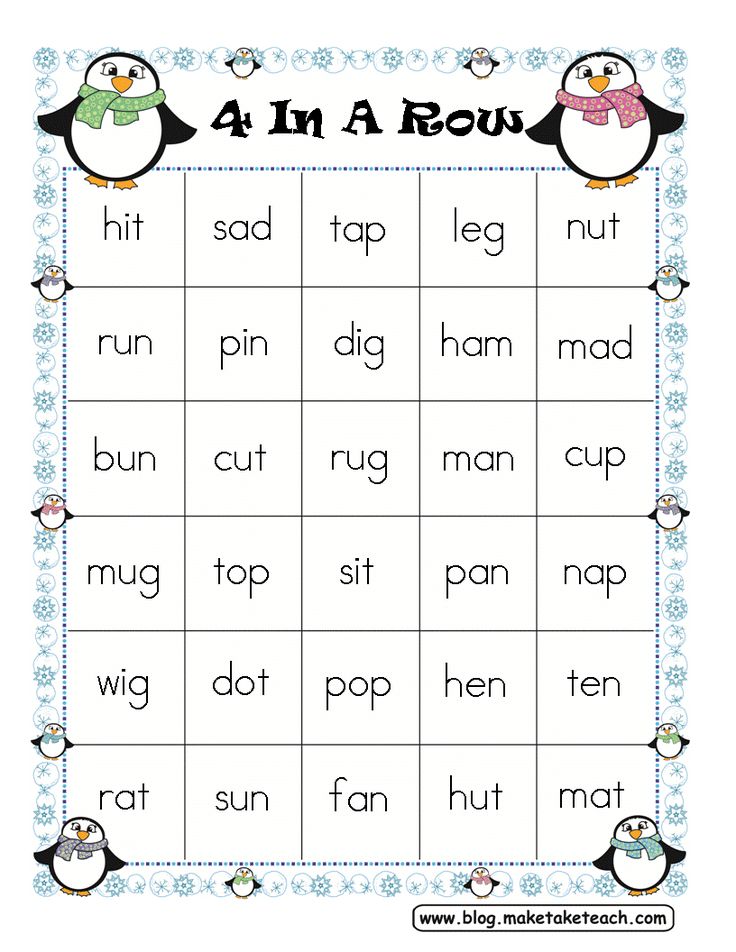
Sooner rather than later, encourage your child to respond back.*
Do your best to decipher the stick scribbles your child leaves behind.
* If your child is not yet confident in her artistic ability (or if, like yours truly, you have never been confident in yours), use stickers for picture stand-ins.
8. Carnival toss and blend
This reading activity takes the concept of the ultra addicting (and money draining) ski ball and repurposes it for some kindergarten literacy fun.
Begin by grabbing 4 solid-colored plastic cups, a permanent marker and some tape.
Then, label the inside (near the top) of each cup with an easy word blend like “st,” “bl,” “cl,” and “qu.” Lastly, fold over a large piece of tape onto itself and place it on the bottom of your cup to anchor those babies down to the floor.
Arrange cups in any formation. So long as the cups are touching, any arrangement works (a pyramid, a zig-zag etc).
Grab some large coins to get going.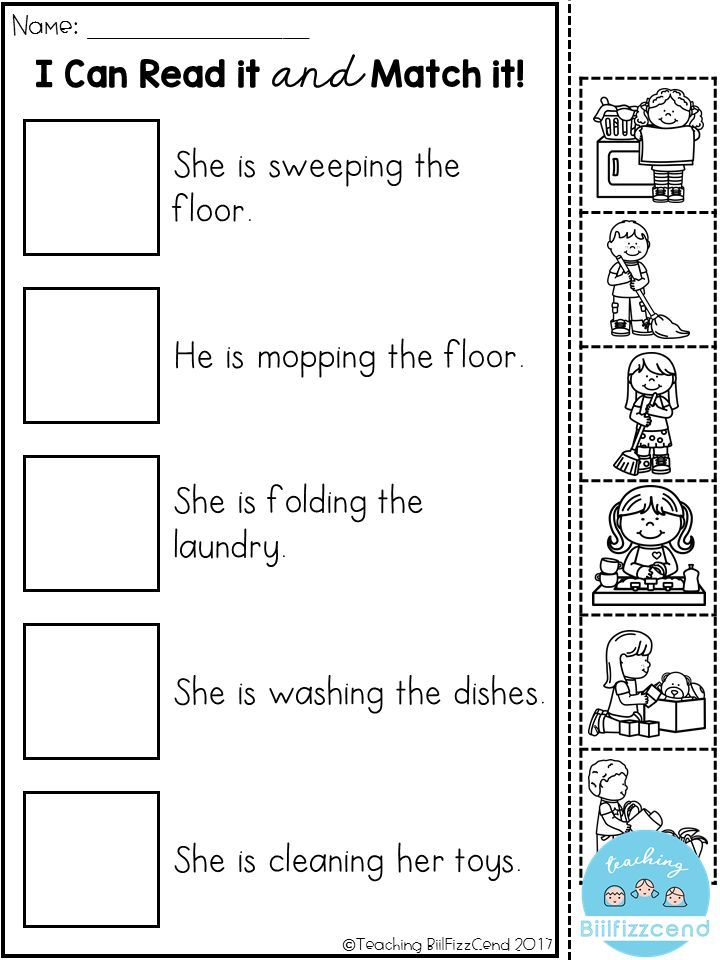 Each player tosses a coin and waits to see the corresponding blend. If your coin lands in the “bl,=” cup for example, you can say, “blob”.
Each player tosses a coin and waits to see the corresponding blend. If your coin lands in the “bl,=” cup for example, you can say, “blob”.
Play continues until coins run out.
Have fun with these 8 kindergarten literacy activities and let us know which one your kiddo likes the most!
27 Fun Reading Activities To Try At Home or In The Classroom
Learning to read is a huge milestone in a child’s life. We all know how important a love of reading is for future learning. When children love to read, they can learn anything.
Make sure your children keep the joy of reading alive by using fun reading activities along with traditional reading strategies.
These fun daily moments can improve reading skills and help reluctant readers find joy in the written word. We’ll be covering reading activities by grade level both for the classroom and at home, as well as some activities to improve reading comprehension after your students are reading independently.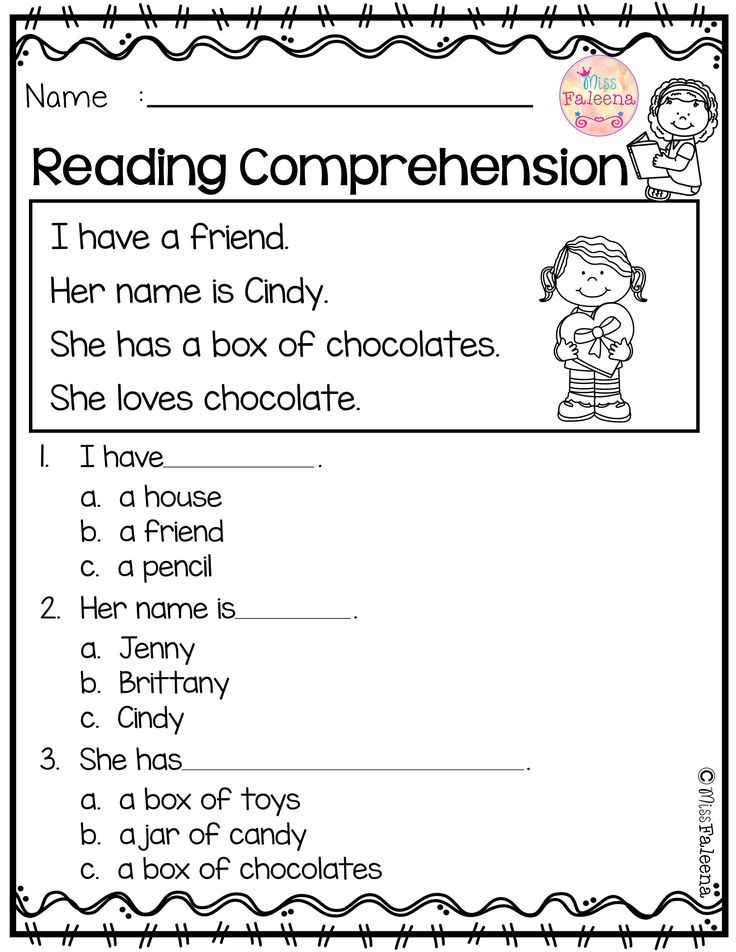
Fun reading activities for the classroom
Though many children begin the basics of reading at home, most solidify their skills and become accomplished readers in the classroom. These activities keep early readers engaged and improving while helping reluctant readers master the basics. Here are our favorite ways to keep reading fun!
1. Find the secret word
Great for: Kindergarten to 2nd grade
Turn a reading lesson into a scavenger hunt! Give each student or pair of students a piece of text, then speak the first secret word. Once they find it, have them circle it in a specific color, or circle and number, then report back to you for word #2.
Keep this word search up for as long as you like — we recommend choosing about 8 to 10 words for students to find. It’s one part competition, one part scavenger hunt! Choose a prize for each team to receive when they complete the activity. Or celebrate everyone reaching the end with a classroom dance party! It’s a great way to keep your kids moving and learning.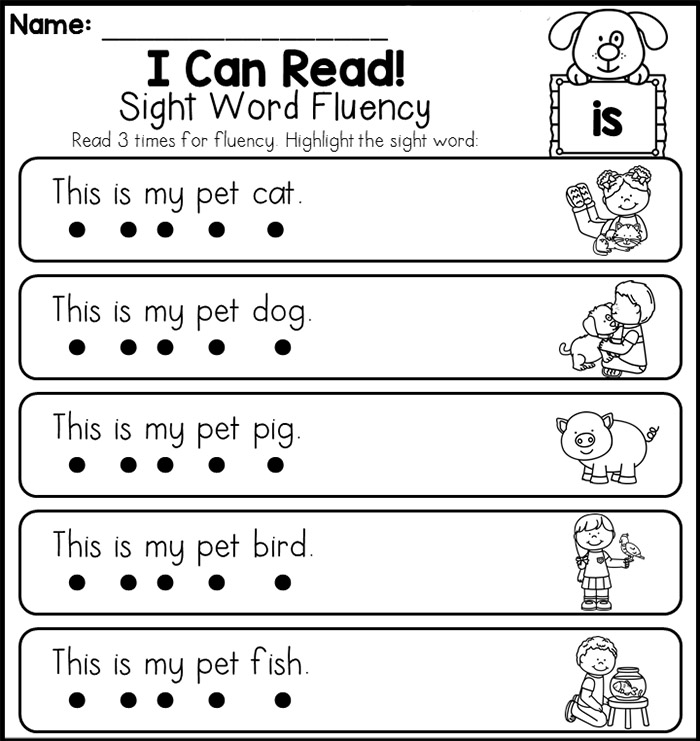
2. Read aloud as a class
Great for: All grades
Kids are never too old to hear a story read aloud. Reading aloud as a class is a great way to keep kids engrossed in a story. Since you are most familiar with the text, you can keep the flow going during the dramatic moments. Then hand it off to your students to take their turns.
Want to add a new element to your classroom read-aloud? Pass around a ball or stuffed animal to indicate the next reader. It’s a variation of popcorn reading to help minimize reading anxiety, and it gives kids the power to pass it on after spending a short time reading.
3. Partner reading
Great for: 1st to 3rd grade
Sometimes trying to get the whole class to read together is just too much. To encourage more reading time, pair up your students for partner reading.
During partner reading, each child will get more time to practice their skills. And being corrected privately by one friend may be better for a struggling reader’s confidence.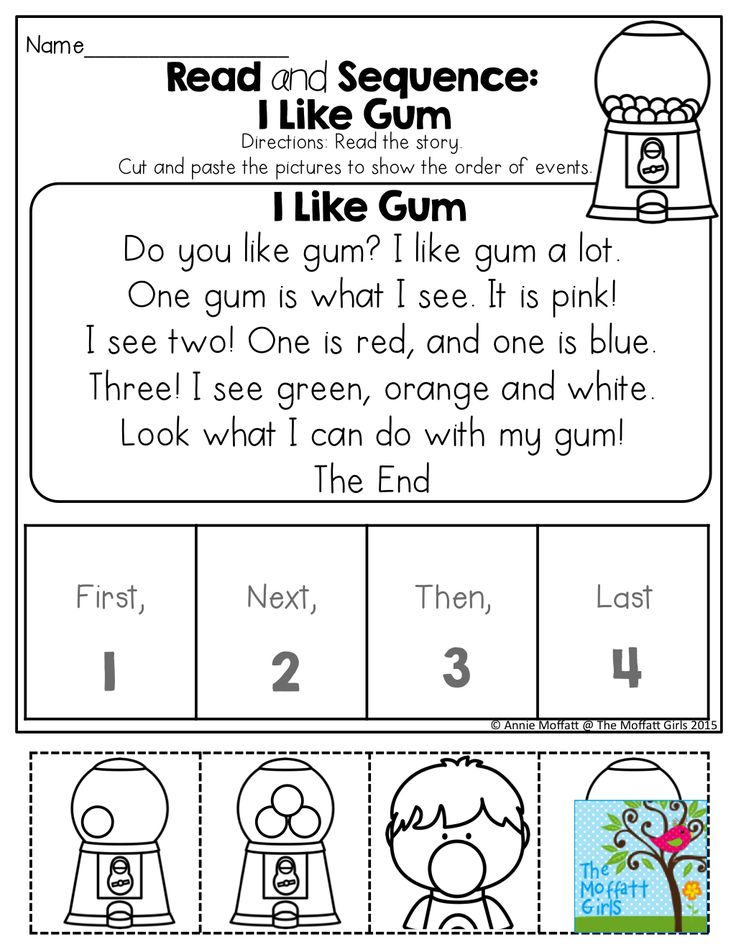 Try to pair a confident but patient reader with those who need some extra help and watch them both learn to succeed.
Try to pair a confident but patient reader with those who need some extra help and watch them both learn to succeed.
4. Find the synonym
Great for: 2nd to 5th grade
Once your readers are feeling more confident, take our scavenger hunt game mentioned above and add a new twist.
Instead of searching for the exact spoken words on your list, give students the challenge to find the word’s synonym in the text. It’s a great way to keep the game challenging for older students.
5. Word searches
Great for: Kindergarten to 2nd grade
For younger students, a word search is a challenging way to encourage early reading. You can do this much like our scavenger hunt-style games, but instead of saying the words aloud, provide a list.
They can search for one word at a time, with you providing the next word to the team once the first is found. Or provide a full list from the beginning and let them work individually. Add in some color matching (marking the word in the same color as printed on the list) to keep this game fun and engaging.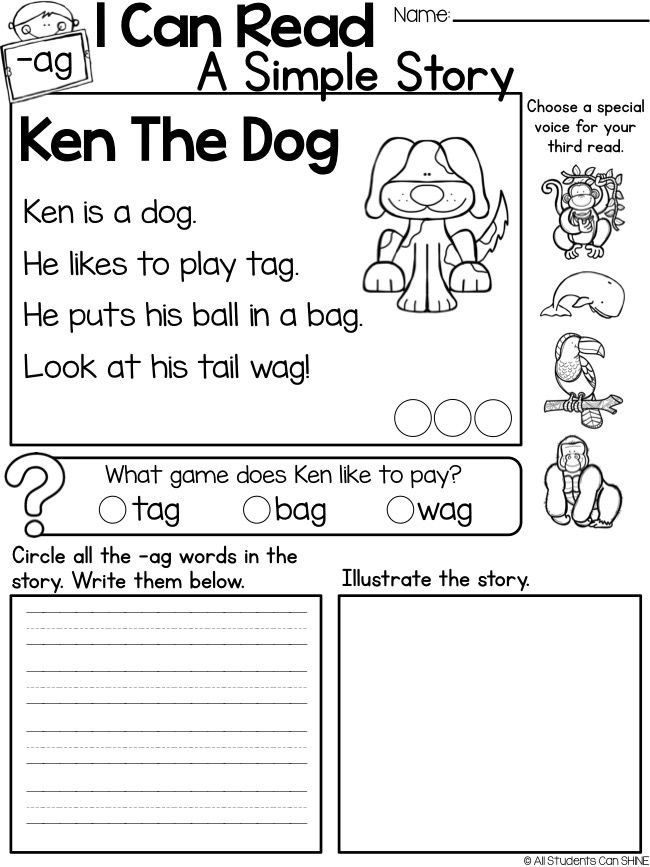
6. Keyword bingo
Great for: 1st to 3rd grade
Looking for a calmer alternative to the secret word game? Have each child work individually in a game of reading bingo. Choose a grade-level text and compile a list of words found in the passage.
Read each word aloud, giving about 15 seconds before moving on to the next. It’s a race against your clock to find the words, or they can try to remember them while looking for the others. When they find the words, they can mark them out. Once the list is done, allow 20 more seconds to wrap up any remaining words, then pencils down and count. Whoever finds the most words, wins!
7. Decoding games
Great for: Kindergarten to 2nd grade
Decoding games focus on letter sounds and phonemic awareness. A favorite game for pre-readers is to say a letter and have students find an object that starts with that letter. As they bring the object back, reinforce the sound that letter makes.
Other decoding games can focus on the mechanics of reading — such as reading a word or sentence from left to right. This is a great time to utilize finger puppets, following along with a finger as you sound the words out together.
8. Thumbs up, thumbs down
Great for: Kindergarten to 5th grade
Thumbs up, thumbs down (or the higher energy variation — stand up, sit down) is a great game to keep your students engaged.
Check reading comprehension when you ask students to give a thumbs up if a statement about a recently read story is true, or a thumbs down if it’s false. Help them grasp grammar concepts by having them stand up when you say an adjective word or sit down if you say a noun.
It’s a fun way to keep their bodies and brains working.
9. Discover the missing letter
Great for: Kindergarten to 2nd grade
When you’re teaching letter sounds, it’s fun to get creative. In this game, you’ll call your students to the front of the class by their names — minus the first letter.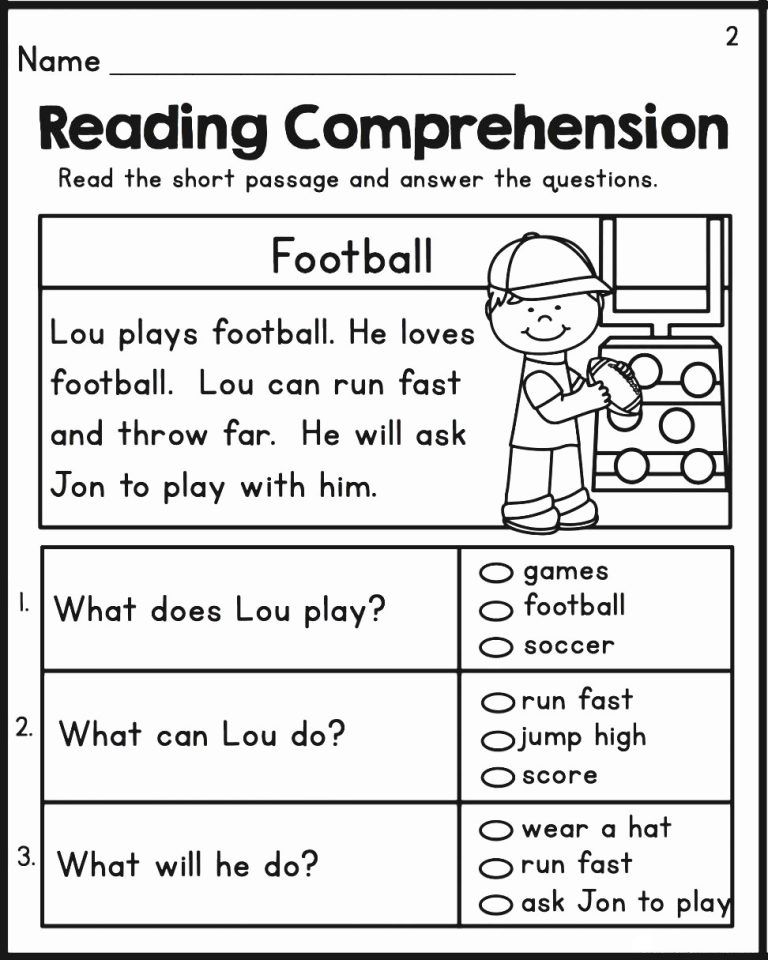 For example, Stacy becomes tacy and Roland becomes oland. Let the kids guess who you’re calling up, then have them decode the missing letter.
For example, Stacy becomes tacy and Roland becomes oland. Let the kids guess who you’re calling up, then have them decode the missing letter.
You can do the same thing for objects, or drop middle letters for older children. Just be sure to prepare your words ahead of time to avoid any slip-ups!
10. Guided reading ball game
Great for: 2nd to 7th grade
Grab a few beach balls from your local dollar store and get your classroom moving. Take a sharpie and write a discussion prompt on each colorful section of the ball. What is the setting? Who is the main character? What happened after…?
Toss or roll the balls around. Students answer whichever question their thumb lands on when the ball heads their way. This is an exciting way to mix things up, practice reading comprehension and get kids thinking outside of their seats.
Reading activities for parents & children
Not all reading happens in the classroom! Parents can play an active role in helping their children learn to read. Here are a few activities to try with your kids.
Here are a few activities to try with your kids.
1. Reading together
Great for: All grades and ages
There’s something special about listening to a book being read out loud. It can capture your attention in a unique way. Whether your child is a baby or fully grown, it’s always a good time to read together.
Take turns reading chapters from a favorite story, or just read to your child. Enjoying good stories is a huge motivator in learning to read.
2. Silly voices reading
Great for: Kindergarten to 4th grade
Kids love to laugh and joke, so play into this with a crazy story and silly voices. Get really high-pitched, speed it up like a chipmunk, and then pitch your voice low.
Your kids will love seeing these stories come to life with your words, and you’ll all share a good laugh. To get them involved in the fun, ask them to do their own silly voice!
3. Dialogic reading
Great for: Kindergarten to 2nd grade
The word dialogic means to have a dialogue, and that’s exactly what this activity is designed to do.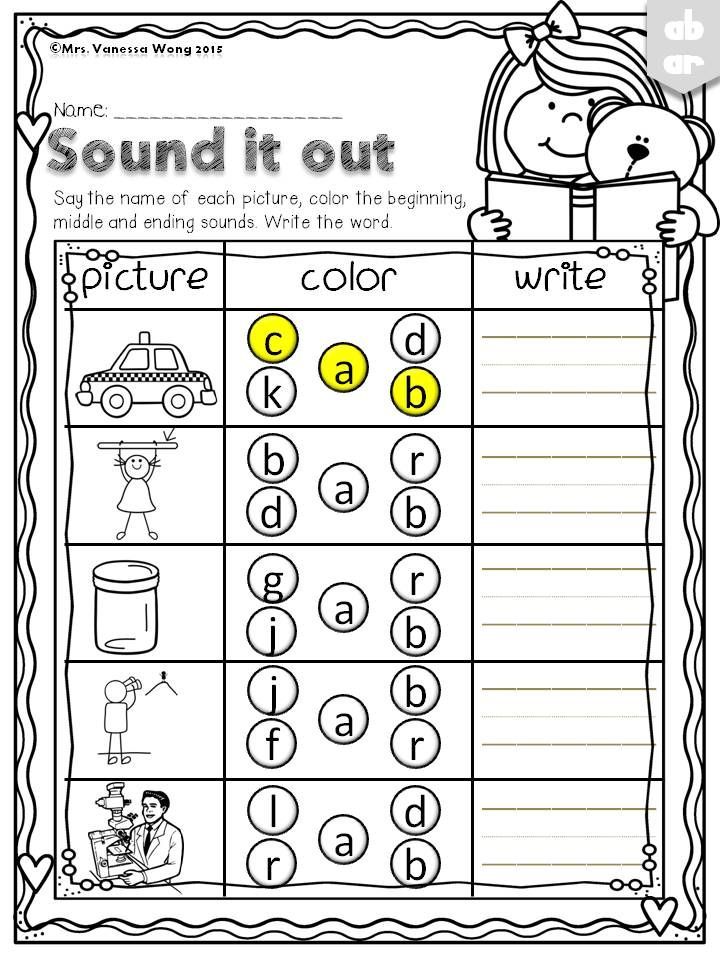 Instead of reading to your child while they passively listen, invite them into the story. Ask them what they think may happen next, or at the close of the book invite them to create a completely different ending. This is a great way to stretch your little storyteller’s imagination.
Instead of reading to your child while they passively listen, invite them into the story. Ask them what they think may happen next, or at the close of the book invite them to create a completely different ending. This is a great way to stretch your little storyteller’s imagination.
4. Reading outside
Great for: Kindergarten to 2nd grade
Kids thrive outdoors. They can run, climb, and dig in the dirt. Outside is also a great place to practice reading and letter writing. Invite your child to help you create words in a sandbox or take a stick and dig a letter into the dirt.
Older kids can simply take their reading outside. It ’s amazing how refreshing a change of setting can be.
5. What word starts with…
Great for: Kindergarten to 1st grade
Letter sounds are an essential early reading tool. With this game, ask your child to think of words that start with “B” (or any other letter).
Give an example, like b-b-butterfly, then think of more “B” words together.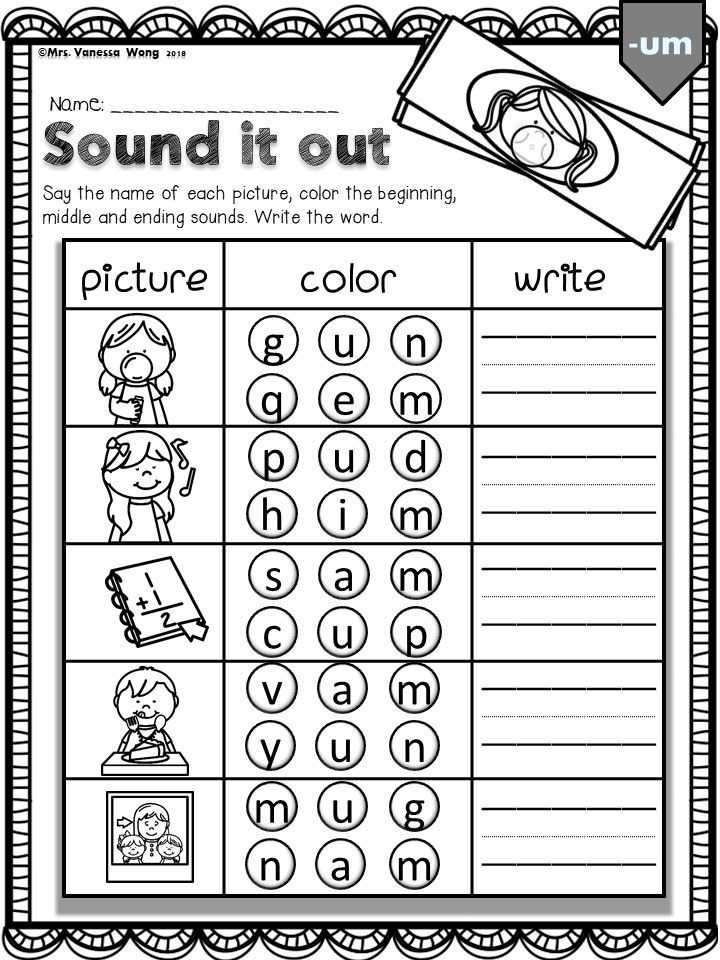 Choose your child’s favorite things to keep the game fun and exciting. Early readers especially love to talk about the letters in their names.
Choose your child’s favorite things to keep the game fun and exciting. Early readers especially love to talk about the letters in their names.
6. Try nonfiction
Great for: All ages
You never know what a child may love to read. Though many kids enjoy a good princess or dragon story, others will prefer non-fiction books.
If your attempts at fiction are met with indifference, try a book about their favorite animal (sharks, dinosaurs, or lemurs are popular here), learn about space or strange weather events. Whatever your child is into, and whatever their reading level, there’s a book for them.
7. Create a “book nook”
Great for: All ages
A cozy spot dedicated to reading can add joy to the activity. Load up a corner or top bunk space with comfy pillows and blankets, make sure it has good lighting, and include some sticky notes and a dictionary. All your child needs to bring is their favorite book! Even better, snuggle in together and discover a new favorite with your child.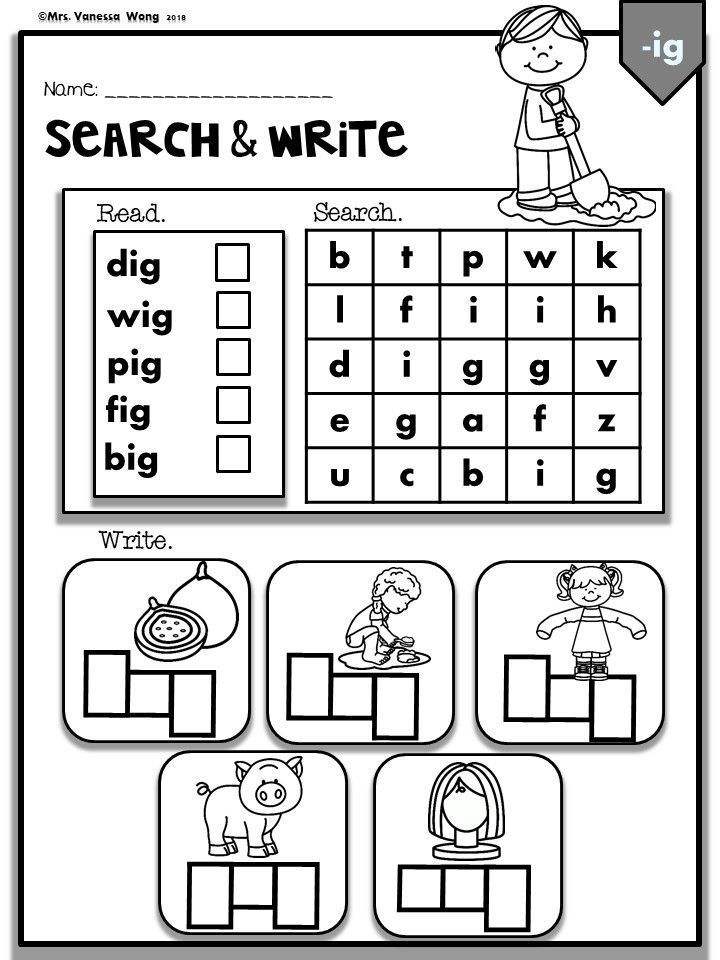
8. Who’s coming over?
Great for: Kindergarten to 5th grade
This game can be played in a couple of different ways, and both are great for reading comprehension. First, try giving clues so your child can guess their favorite characters. These favorites can be from books or TV. You can mention physical characteristics, some of their best friends, or things that happen to them. Keep giving clues until they guess correctly.
The second way to play is to invite a favorite character over and then discuss what you’ll need for their visit. A special kind of bed, their favorite foods, or a place for their pet to stay are all things to consider. This is a fun way to create your own story around your child’s favorite characters.
9. Take turns reading
Great for: Kindergarten to 4th grade
As your child begins to read you can invite them to read to you. Don’t push if they don’t want to, but as their confidence builds they’ll be excited to share their new skill with you.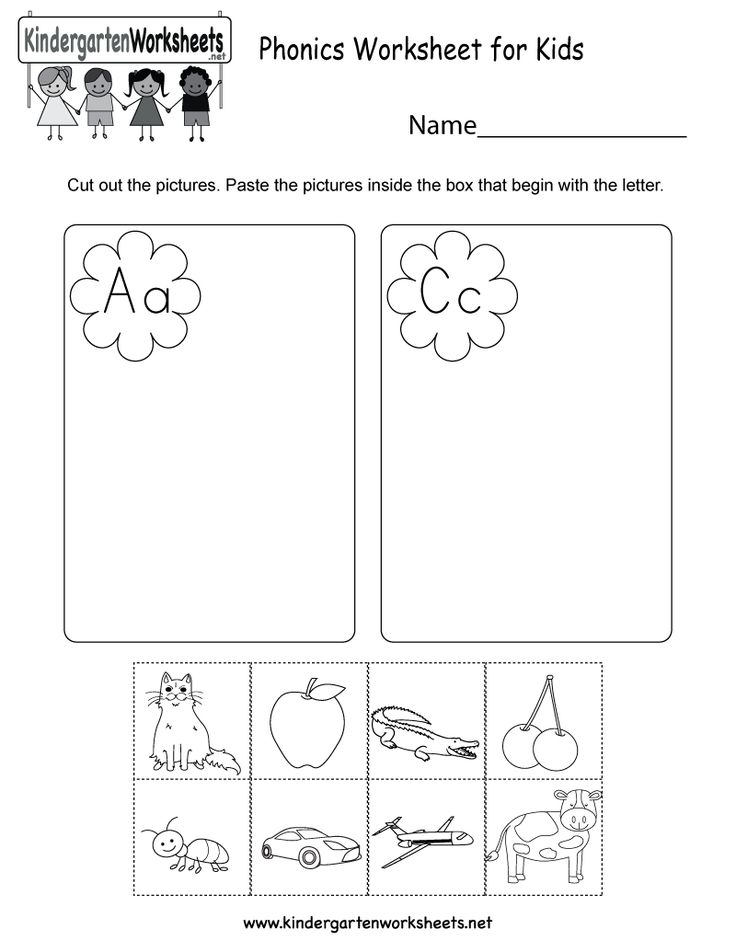
This may look like you both taking turns reading a new chapter book, or they may want to share all the creature descriptions from their favorite new computer game. No matter the topic, do your best to listen intently and congratulate them on their reading skills.
10. What happens next?
Great for: Kindergarten to 4th grade
Keep reading fun and active when you step outside the book and asking your child what happens next:
- What do they think will happen?
- What would you like to see happen?
- What’s something funny that could happen?
Any question that gets them thinking through the story on their own is both fun and helpful for reading comprehension.
11. Talk about the pictures
Great for: Kindergarten to 2nd grade
Pictures are a great way for kids to follow along with a story. When your child is beginning to read, have them look at the pictures and ask what they think is going on. As they unravel the story, point out the words they are discovering in the text. Or just let them enjoy creating their own unique version of the story based on the pictures.
As they unravel the story, point out the words they are discovering in the text. Or just let them enjoy creating their own unique version of the story based on the pictures.
12. Try new reading apps and websites
Great for: All ages
There are some amazing reading apps for both reading instruction and digital reading libraries. If your child enjoys spending time on their tablet, give some of our favorite reading apps a try and watch them learn while they play.
Activities to try after reading
After your child is reading on their own, there’s still plenty to learn. Reading isn’t effective if they’re struggling to understand the words on the page, or how they all fit together to create the story. Here are a few activities for children to practice reading comprehension.
1. Summarize the text
Great for: All ages
Once a child is done reading a text or section of a book, have them revisit the main ideas by highlighting or taking notes on the text’s biggest themes.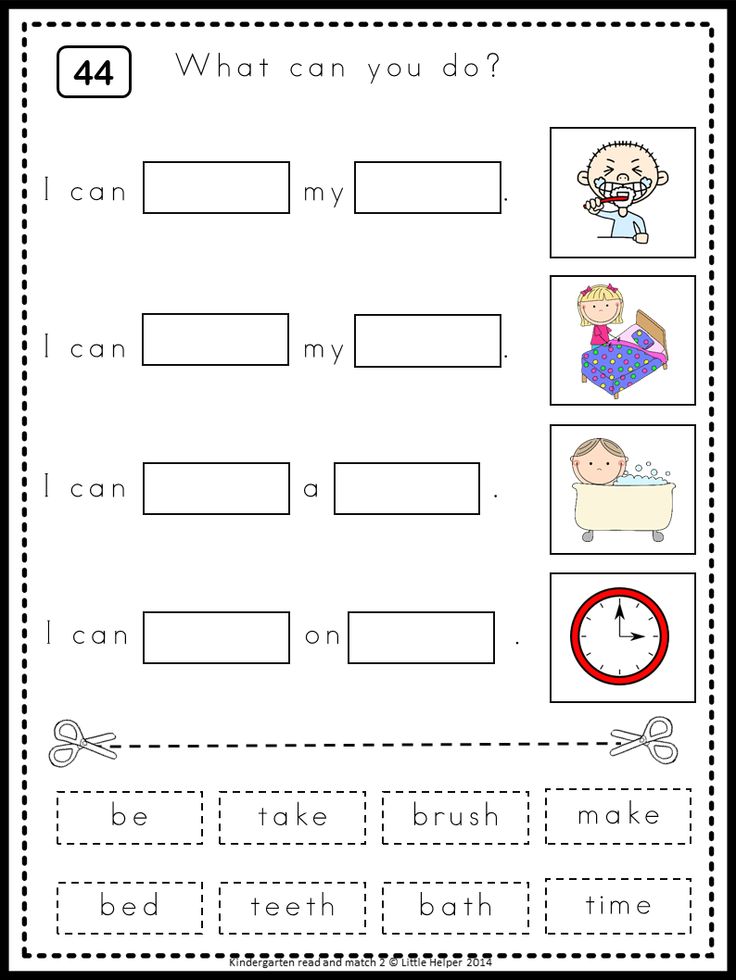 Once students identify the main themes, ask them to break them down further and quickly summarize the story.
Once students identify the main themes, ask them to break them down further and quickly summarize the story.
2. Book reports
Great for: 2nd to 12th grade
Book reports are a classic reading activity. Have the child analyze the book, highlighting the most important themes. Older children can present arguments pertaining to the story, and provide passages to support their theories.
Keep book reports even more engaging when you invite kids to give a presentation, complete with dress-up and drama.
3. Review the book
Great for: 2nd to 12th grade
Ask children to rate their most recent reading. They can assign it a number of stars, but then they must also explain why. Was it too scary? Not funny? What were their favorite parts? What would they do differently?
Not only does this help students think critically about what they’ve just read, but it can also help parents and teacher identify what they might like reading next.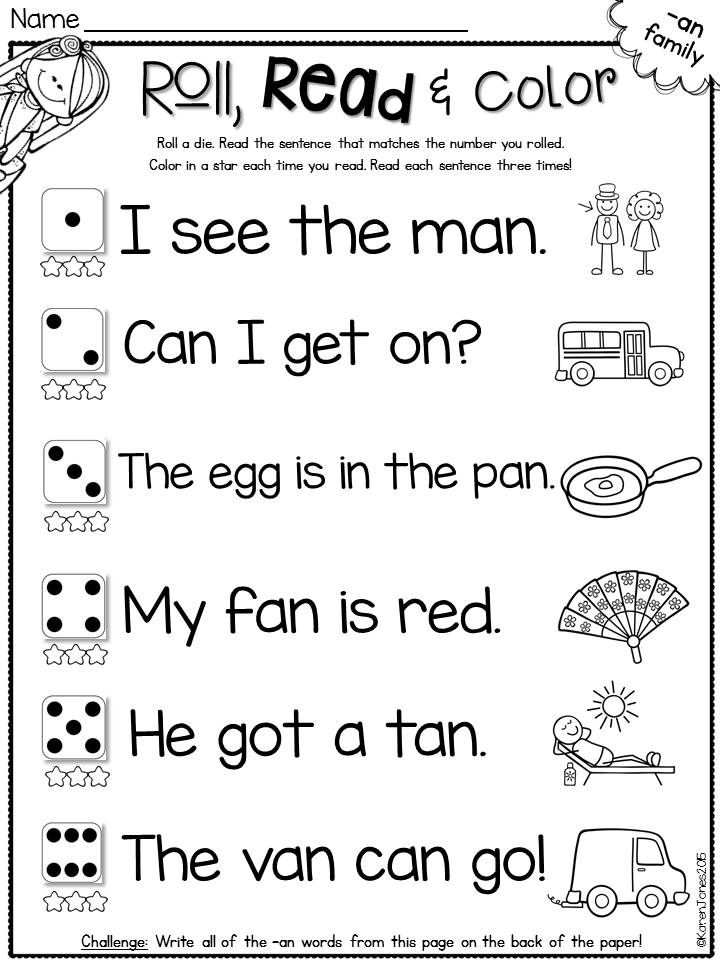
4. Extend the story
Great for: Kindergarten to 12th grade
“And they lived happily ever after…”
Maybe so, but what happened next? Ask your child to keep the story going. Where do they go next? Who do they meet? Favorite characters can continue adventuring when your child takes over the story. This is a great writing prompt, or just a fun dinner conversation!
5. How could it have been better?
Great for: All ages
Everyone has an opinion, so ask your child for theirs. How could this book or story have been better? Would a different ending be more fun? Or maybe they just think the main character should be named after them.
No matter their critique, listen and discuss. Then encourage them to create their own tale.
How reading activities help kids embrace learning
Reading keeps kids learning for the rest of their lives. When a child can read, they can take more control over their education.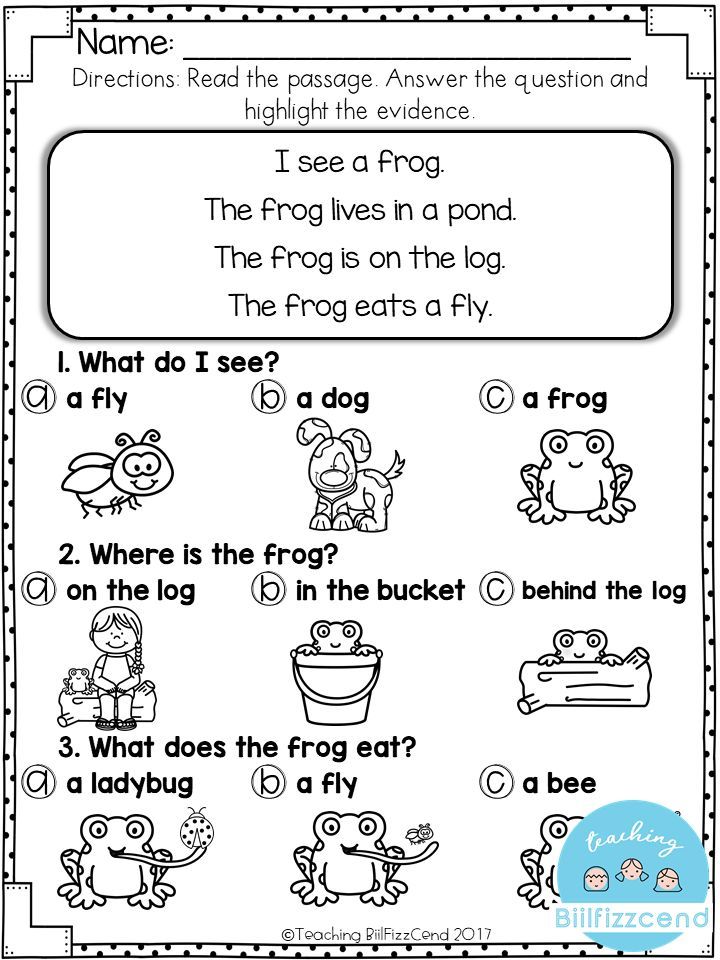 And that’s a wonderful thing!
And that’s a wonderful thing!
Fun activities are the best way to keep a child interested in the world of books. Learning to read can be a frustrating journey for some. Others may simply find it boring (especially if they’re being made to read about topics they care little about). These activities are designed to get kids moving and thinking beyond the page. Because when reading is fun, learning happens naturally.
Other educational activities to help kids learn
When teaching starts to feel like a drag, or the kids are fighting their instruction, revisit this article. Mix in some fun activities and keep the learning going. Getting up, moving around, or enjoying a laugh together can help stimulate everyone’s mind.
Looking for even more great learning activities to engage your kids? Here are some of our favorite activity posts for reading, math, and more!
- 21 Classroom Games
- 15 Geometry Activities
- 20 Exciting Math Games
- 30 Virtual School Activities
- 36 Fun Word Game for Kids
- 15 Free Multiplication Games
- 37 Quick Brain Breaks for Kids
- 27 Best Educational Games for Kids
- 25 Social-Emotional Learning Activities
Get more ways to help kids love learning with Prodigy English, a brand-new learning adventure! Whether you're a parent or a teacher, create a free Prodigy account to access tools that help you support reading and language learning in the classroom or at home.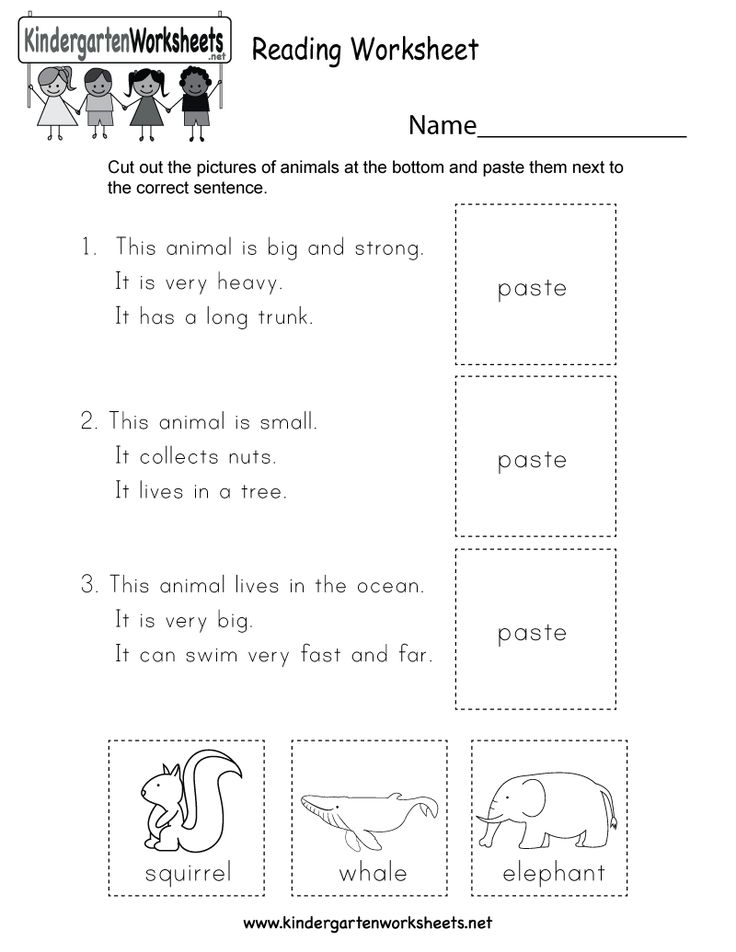
goals, benefits, program with exercises
After the child has learned to read in syllables, he will have to master the skill of reading full-fledged texts. Teaching children to read is a complex and time-consuming process that requires the right approach. This article will cover all the important issues. concerning the introduction of children to literature.
The importance and purpose of reading for preschoolers
Reading is a skill that every adult needs. The sooner the kid starts learning to work with texts, the sooner he will be able to take advantage of all the benefits that will become available to him.
Learning to read is best with parents
Reading is responsible for the development of such skills as the analysis of the text read, the perception and retelling of the information received. It replenishes vocabulary and develops logical thinking. Working with fiction already at an early age forms a competent, beautiful and correct speech, and the child himself learns to freely express his thoughts in his native language.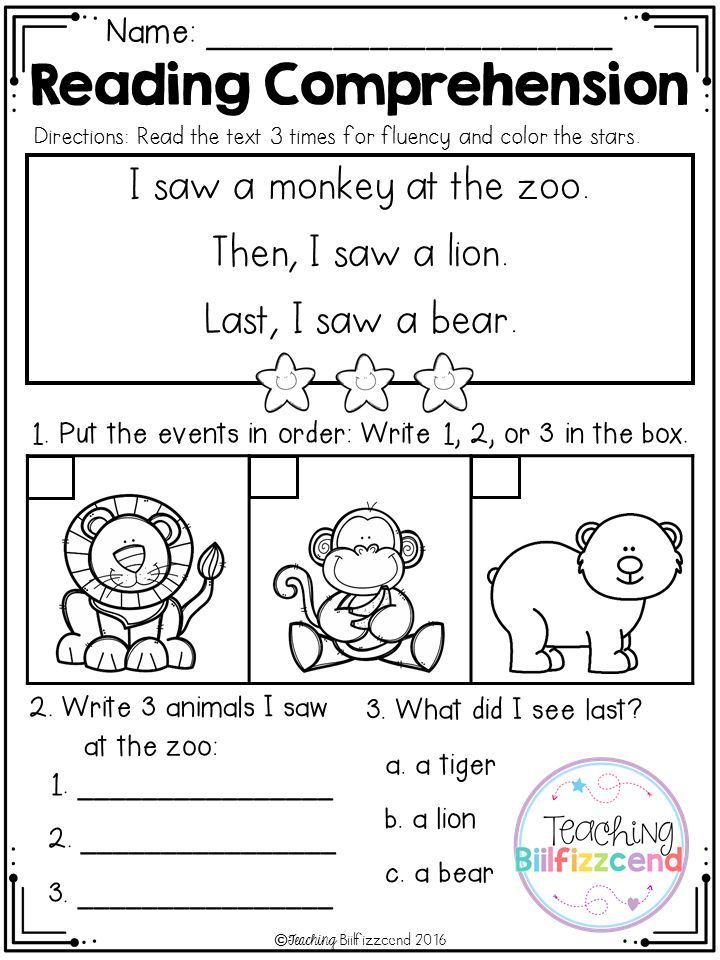
Reading is also responsible for the formation of moral and cultural values, character and worldview. With its help, the baby indirectly gets acquainted with the past, future and present. The most important spiritual qualities, such as mercy, compassion, the joy of someone else's success, children also often draw from books.
The goal of reading fiction in kindergarten is to master all of the above skills, and most importantly, to instill in children a love of reading. All this can be achieved with the help of works of Russian folklore. Interesting and fascinating stories of fairy tales will teach the younger generation to see the plot, climax, denouement in the work. On a subconscious level, they will catch what the plot is and will be able to divide the characters into "good" and "bad". All this develops logical thinking and contributes to comprehensive development.
Important! Literary education plays a huge role for preschoolers, because it is one of the key factors in their upbringing.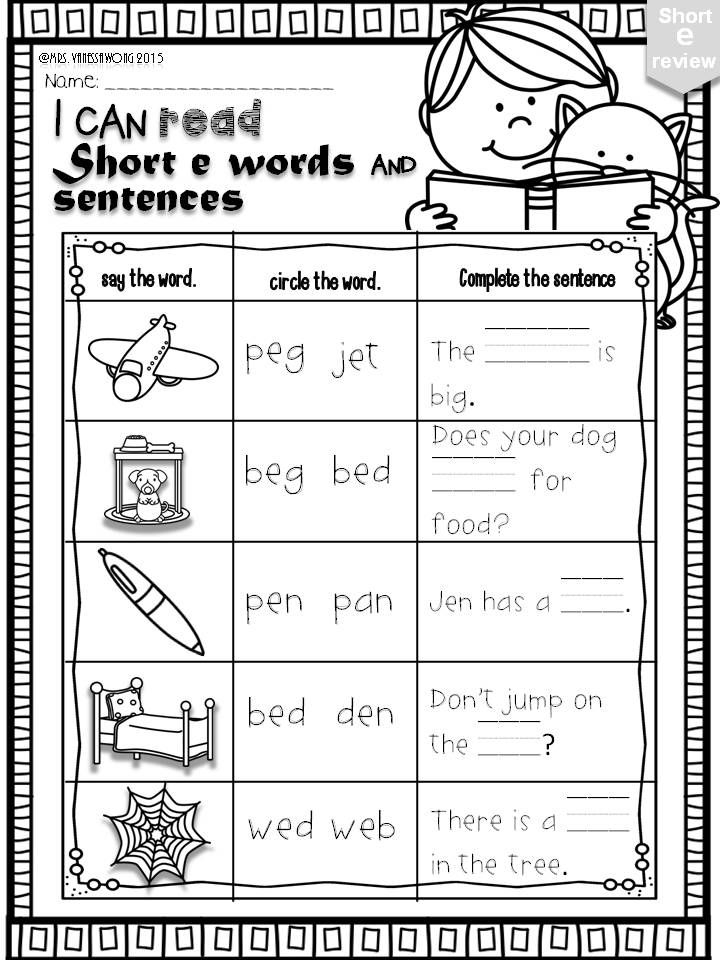 The book will become a means of understanding the surrounding world, its way of life and foundations.
The book will become a means of understanding the surrounding world, its way of life and foundations.
At what age can you start learning
Each kid needs an individual approach, so there is no clear age when you need to start teaching him to read. There are generally accepted age limits, but even here there are many pitfalls.
Modern realities force inexperienced parents to chase time, and this often affects their children. Ambitious adults try to invest in the child all the skills as early as possible: knowledge of foreign languages (often English), reading and much more. Now a child who came to the first grade, being able to read, is not uncommon. But is it necessary to take away their childhood from preschool children for what they will be taught anyway in the future? Each parent decides for himself.
Every parent decides when to teach a child to read
Determining the optimal age to start reading classes ends with the fact that the best time is when the child reaches for literature on his own. As a rule, this is a period between six and seven years.
As a rule, this is a period between six and seven years.
Important! A child cannot just pick up and want to learn to read. Everything should come from the family. In order for the baby to independently take the initiative, he must learn this from adults. Parents should read aloud to him before going to bed, be able to turn spending time together into a game.
It is unlikely that a child of 3-4 years old will want to read a book on his own. At this age, he can be taught to mechanically add syllables into words, but he will not understand the meaning of what he read. This practice often leads to the formation of an internal barrier to further learning, and there is no benefit from it.
When a child begins to be interested in books, parents need to be able not to take this interest away from him.
Please note! When the kid nevertheless reached for literature, he did not become an adult. All learning should not take much time - at this age, it is difficult for children to focus on long-term perception of information, and even more so on its comprehension.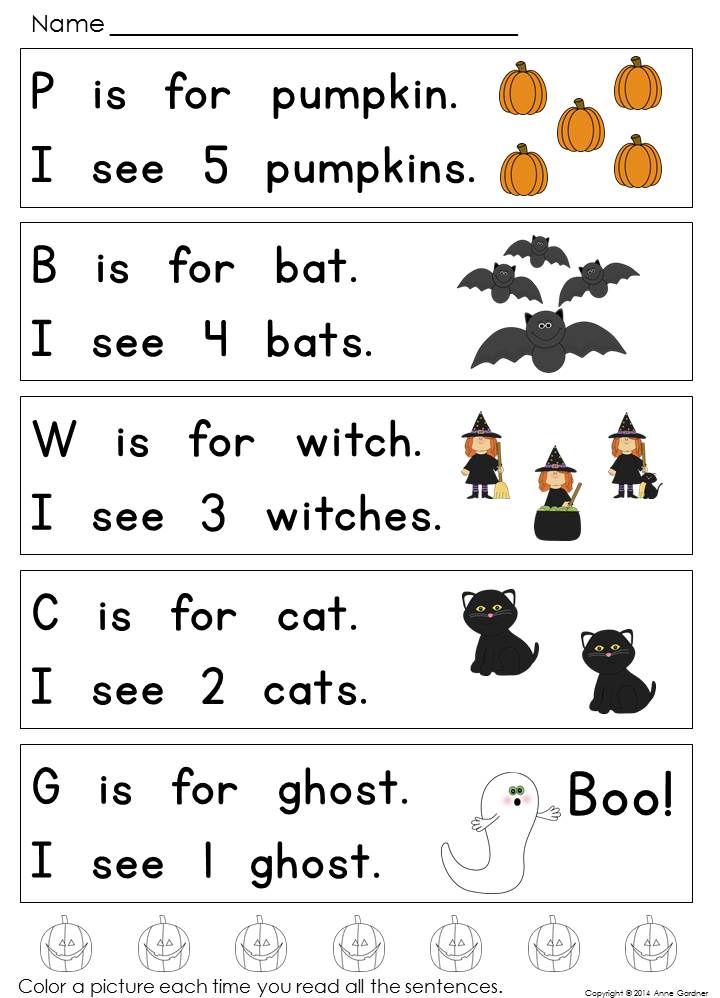
The ideal option is to turn reading for toddlers into an entertaining game. Then the learning process will not be perceived with rejection, which is a normal reaction of the brain to something new.
However, even if a child of 6-7 years old cannot read, this is not backwardness, but a normal phenomenon. It's time to start teaching him this. The GEF program offers tasks for learning to read from scratch at this age. Often, audio lessons are sold as an app for textbooks.
How to start your first reading
There are a huge number of methods that offer parents the most sophisticated options for gently teaching children to read. But is it worth it to surround the child with cards with words from 5-6 months?
Parents also learn in the process
In order for reading to children aged 5-6 not to become news, it is necessary to surround the child with written information from childhood. The alphabet on the wall, books in the house, cubes with letters - the kid must get used to the fact that textual information is an indispensable part of life.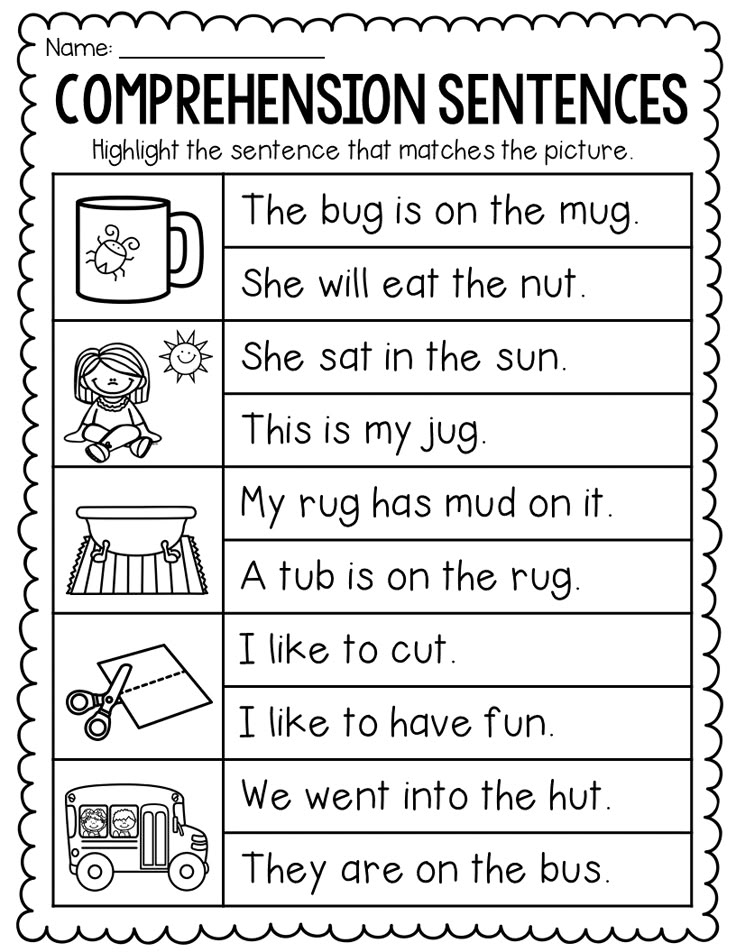
Everything should go from simple to complex. First letters, then syllables, then words, sentences, and text. Learning letters with a child is not difficult if you turn everything into a game. For example, you can print coloring pictures with letters on cards, and in the process of coloring invent which words begin with this letter.
Important! We must not forget about the most important component of the Russian language - sounds. It is necessary to teach the child to understand and pronounce sounds in a timely manner. This will help him master reading much faster.
When the child has mastered the letters, syllables and sounds, you can move on to reading words. It is important to be patient with classes and make sure that the child does not feel discomfort. Do not rush him if he thought about the name of the next letter. Each lesson is the work of two, but the main task lies with an adult.
Additional information. Do not exercise with your child for more than 15-20 minutes a day. This is the optimal time for which the baby can concentrate, subject to interest. Fast learning to read does not depend on the duration of the lessons, but on their regularity and quality.
This is the optimal time for which the baby can concentrate, subject to interest. Fast learning to read does not depend on the duration of the lessons, but on their regularity and quality.
Reading short stories or fairy tales before bed is a good option for the first group activities. This is suitable for those cases when the baby has already mastered the letters and syllables. At this time, the parent reads the text on his own, occasionally inviting the child to try to read this or that word. It is worth choosing words that make sense, but not too complicated.
For example, if the story is about a snail, you can ask the child to read the word "snail" and show it in the picture. The main thing is to make sure that the child does not learn to guess the words by the connection of the first letter and the picture. How to avoid this will be discussed below.
If a parent really wants to teach a child to read, but absolutely does not know how to approach this matter, it makes sense to purchase a special manual in a bookstore.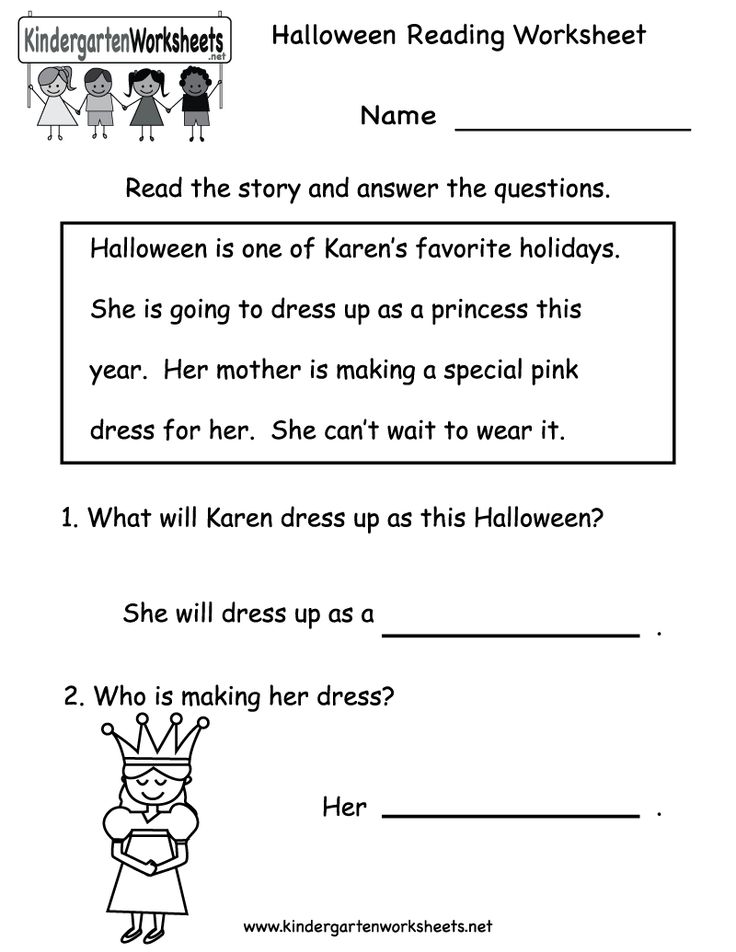 It can also be found online in the form of a presentation. This literature is aimed at educating parents.
It can also be found online in the form of a presentation. This literature is aimed at educating parents.
How teaching should be done
Despite the lack of a single methodology for teaching reading, there are rules that will help parents learn to read for preschoolers.
Important! Each parent can independently determine the algorithm by which he will introduce his child to literature. The main thing to remember is that the entire responsibility for the educational process lies with the teacher, in this case, the parent.
Those who doubt their own abilities can seek the help of a specialist. The modern service market offers a huge number of teachers who are ready to teach a child to read at least at five, at least at six or seven years.
It is better for parents to take care of a child
But will it be interesting for a child to engage in an unfamiliar business with a stranger? Probably not. Therefore, adults should carefully consider everything and honestly answer the question, do they want to take away the carefree time of childish pranks from their child and spend it studying?
Reading simulators
It is customary to start learning to read from books where words are accompanied by pictures. However, it is often easier for children to read the first letter and, by comparing it with the picture, guess the word. To avoid this, it is proposed to use a card index with words.
However, it is often easier for children to read the first letter and, by comparing it with the picture, guess the word. To avoid this, it is proposed to use a card index with words.
First, the child is given cards with three-letter words: house, cat, garden….. When he has learned to read such words freely, you can move on to cards with four-letter words. Next - words, where three, four syllables.
Important! Such a simulator assumes the absence of a word-picture-object association, so you cannot focus only on classes with it. But the practice of "only words" is sometimes helpful.
Another good reading simulator for preschoolers that develops the child's ability to think logically and increases the speed of reading - anagrams. It is worth offering to make a word out of a set of letters, and help the kid understand the essence of the game, and it will definitely drag him out. For clarity, the letters can be printed on a sheet of paper and cut out.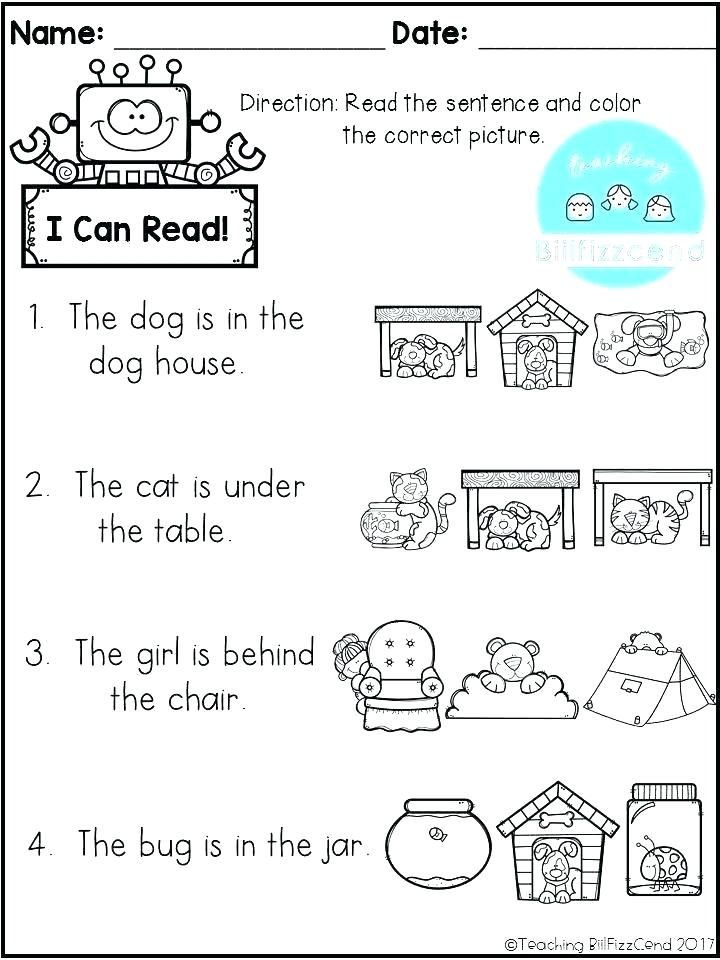 For example, from "yarub" the child will have to collect the word "storm".
For example, from "yarub" the child will have to collect the word "storm".
An example of a simulator with cards
Useful exercises
An interesting exercise that helps develop a child's interest in reading and quickly consolidate the already mastered skill - "half a word". It is necessary to close the words in the sentence exactly halfway with a ruler, and invite the child to read them.
You can also print simple words on the cards, cut the papers in half, and invite the child to collect the words piece by piece. Such an interesting task will cause excitement in the kid. And the presence of passion implies the presence of interest, which is one of the key factors in the process of teaching preschoolers to read.
Reading by syllables
At the initial stages of teaching preschool children to read, the most important moment is reading by syllables. This is what will become the basis for reading words in the future.
When the preschooler has finished learning the letters, the usual alphabet can be replaced with the “alphabet with syllables”.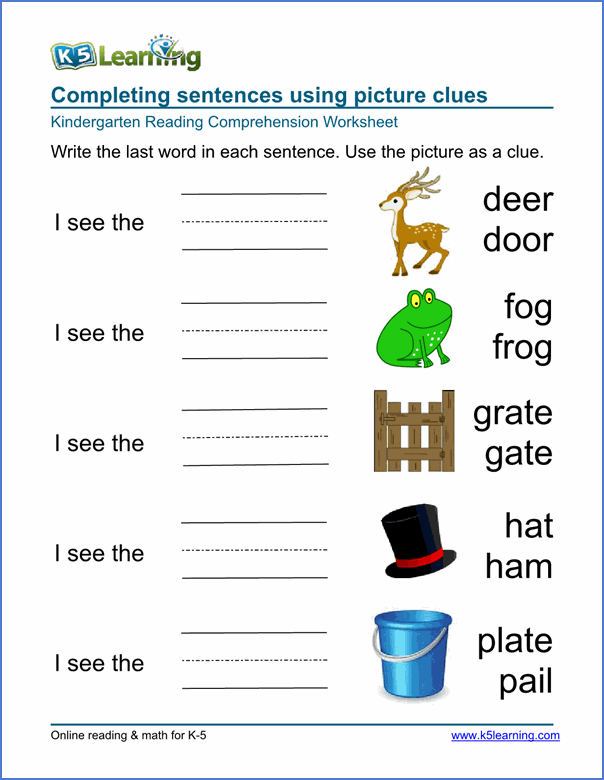 It will help the child to visualize the sounds and syllables from which these sounds are obtained. It also assumes the existence of rules on some syllables (there is no combination “chya” - it is replaced by “write thicker with the letter a”).
It will help the child to visualize the sounds and syllables from which these sounds are obtained. It also assumes the existence of rules on some syllables (there is no combination “chya” - it is replaced by “write thicker with the letter a”).
Important! It is better to start teaching your baby to read with repeated syllables. For example, ma-ma, pa-pa, uncle-dya and others. This exercise will help the child comprehend the connection of syllables and words.
How often should you study with a child
The key to success in mastering any skill lies in regularity. The more regular the classes, the better. But it is not in vain that they say that repetition is the mother of learning. So do not forget about the importance of repeating the previously studied material.
Most of the manuals offer 15-20 minutes of lessons with children of primary preschool age daily, but this scenario is not suitable for everyone.
Some children find reading difficult, both in the process and in general.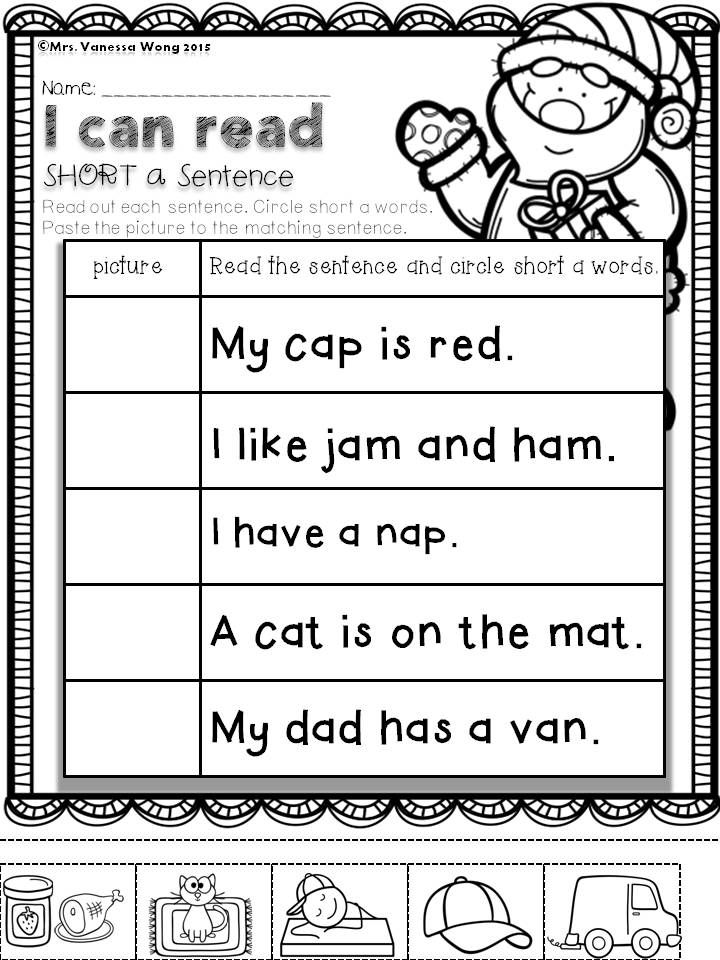 We must not forget that every child is an individual with their own tastes, preferences, hobbies. A child may not like reading, and this is not scary.
We must not forget that every child is an individual with their own tastes, preferences, hobbies. A child may not like reading, and this is not scary.
In order for the child to like classes, he needs to be interested
In cases where the child finds it difficult to study, it is too early to give up. It makes sense to take breaks between classes in 1-2 days.
Important! Also, parents should remember that in the preparatory groups of the preschool educational institution, educators also work with children. You should not overload the child when he did a good job in kindergarten, otherwise he will quickly get bored.
Books for independent reading at 6-7 years old
Independent reading for children involves the selection of the correct literature. After all, the key factor in the question of a preschooler's interest in a particular book will be its content.
Unfortunately, the modern market is full of books with interesting content, but an absolutely perverted concept of morality. The first literary experience of a child should be not only entertaining, but also useful. After all, as mentioned earlier, books form not only the mental skills of a person, but also engage in his spiritual education.
The first literary experience of a child should be not only entertaining, but also useful. After all, as mentioned earlier, books form not only the mental skills of a person, but also engage in his spiritual education.
In order not to make a mistake with the choice of a book, then a list of suitable literature for self-reading of children of primary preschool age will be compiled.
Family reading classes
- The Little Humpbacked Horse (Peter Ershov).
- Scarlet Flower (Sergey Aksakov).
- Silver Hoof (Pavel Bazhov).
- Pushkin's Tales ("The Tale of the Golden Cockerel", "The Tale of the Orybak and the Fish").
- The Wizard of the Emerald City (Alexander Volkov).
- "Old Man Hottabych" (L. Lagin).
- "Three fat men" (Yu. Olesha).
- "The Adventures of Pinocchio" (A. Tolstoy).
- "Deniska's stories" (V. Dragunsky).
- The Little Prince (A. Saint-Exupery).
- "Mowgli" (R. Kipling).
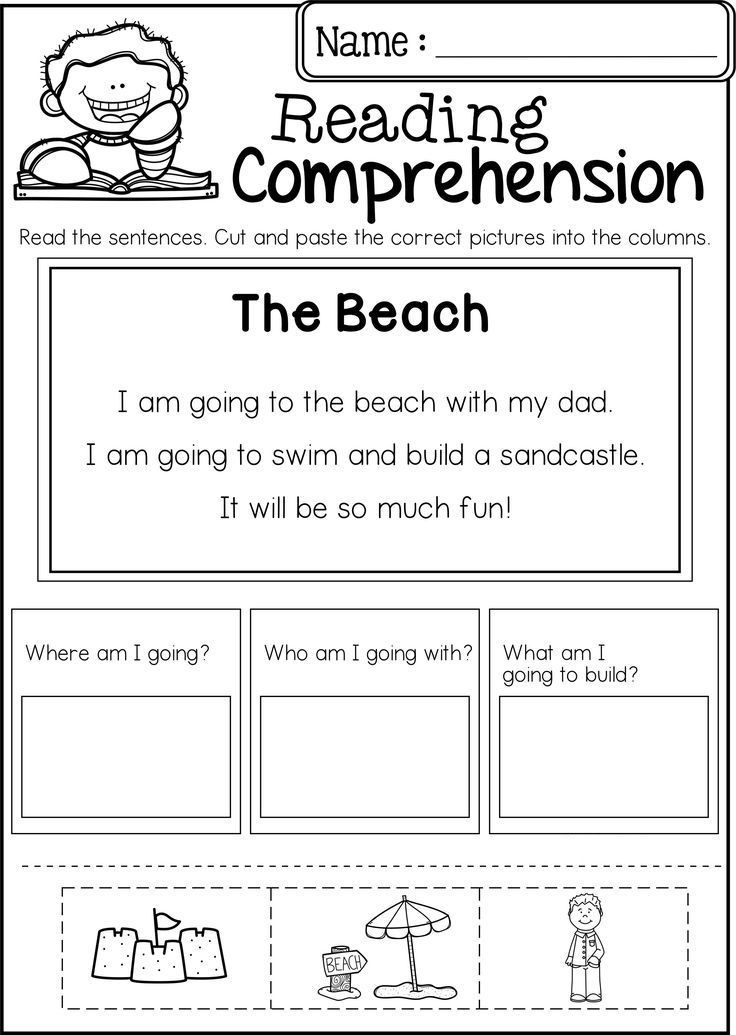
- "Winnie the Pooh and all-all-all" (A. Milne).
In conclusion, it is worth noting that it is important, but not necessary, to teach a child to read at preschool age. The right approach to classes and the right choice of literature for joint or independent reading will be the key to success. And all parents should remember that the baby will love them equally, regardless of the age at which they taught him to read.
Preschool Reading
Your child is of preschool age and you have already purchased a colorful primer or preschool reading books for him, but no results? In this case, you need to follow the sequence in training, which you will learn about from this article.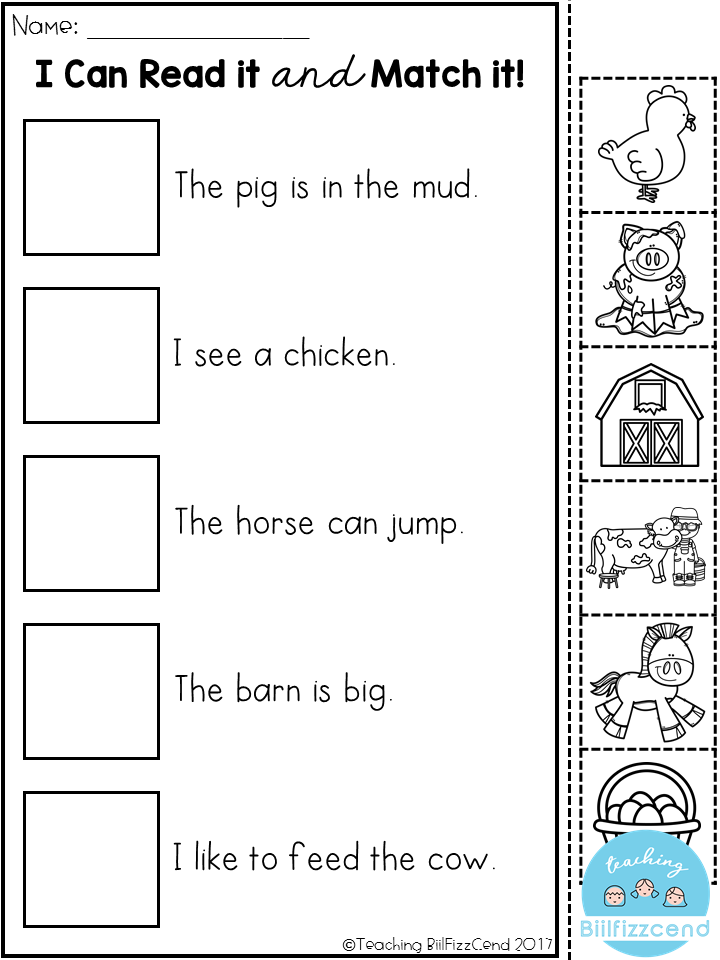
Teaching preschoolers to read
The kid begins to analyze objects, try to influence them, and apply them consciously at the age of 4-5 years. At the same time, they have mastered the ordinal count well, they can prepare for writing with the help of special capital notebooks. But at this age it is better to start learning only letters, with the help of games and colorful pictures. Reading should be done when the child learns all the letters and easily begins to distinguish them. The period (age 6-7 years) is just right, which, according to psychologists and speech therapists, is the most favorable for starting learning to read by syllables for preschoolers using cubes or colored typesetting letters. Especially at this age there is an active desire to study.
Methods of teaching preschoolers to read
Formation of reading skills in a child is a rather complex and time-consuming process. Classes for teaching reading to preschoolers must be divided into several stages.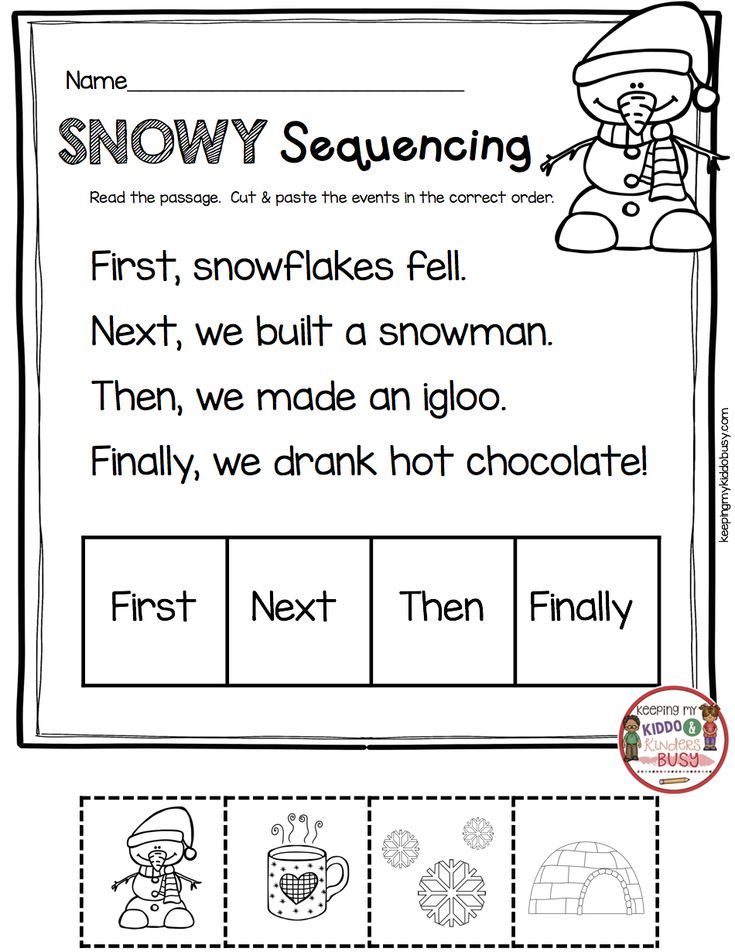
- Stage 1 – learning and memorizing letters. At this stage, the child is taught to distinguish letters and understand their correct pronunciation and reading (“EM” - “M”; “ES” - “C”).
- Stage 2 - reading syllables with varying degrees of difficulty. Here the child learns the connections between syllables and their pronunciation. At this stage, more difficulties appear. Here, the most effective method is learning to merge syllables by imitation or drawings-hints.
- Stage 3 - we begin to understand the meaning of the read word. This stage of developing the ability to comprehend the read text must begin when reading becomes like pronouncing a whole word, and not individual syllables.
- At stage 4 the child learns to understand the meaning of the sentences read or short texts for reading by preschoolers.
For this stage, it is necessary to perform exercises for reading preschoolers: read words slowly, with an increasing pace, and varying degrees of tonality in the voice. Then find out in which words the baby did not understand their meaning and explain.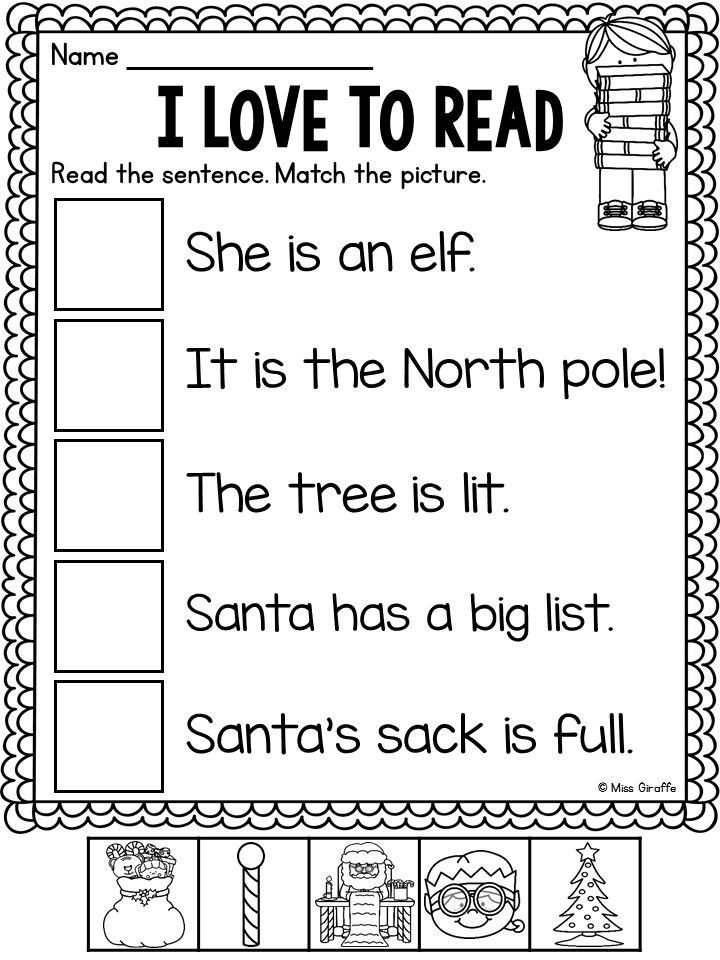 Further, the adult calls an adjective or a verb, and the child selects words for him from those that he read, for example, “shoe” - the answer is: “boots”, etc. It is also good at this stage to read the captions to the illustrations.
Further, the adult calls an adjective or a verb, and the child selects words for him from those that he read, for example, “shoe” - the answer is: “boots”, etc. It is also good at this stage to read the captions to the illustrations.
Related articles:

